The rest of the day, which became increasingly warm we roamed around digging signals. The result from that strolling was a pioneer axehead, a fieldflask clip, some training ammo with wooden tips, some live K98 rounds, an Esbit burner and lots of other rust. The heat killed our energy with great efficiency so after 8 hours we called it quits, gathered up our things and went home looking forward to next time.
|
Yesterday was the last day me, Baard and his son could dig together this season. Their holiday is over and they have to go home. We met up early and went to the German camp where we had dug the large ditch with all the barrack ovens in as it needed to be completed. A bit after 09 we found the place and began removing the last layers of sand and rust in the ditch. It didn`t take long before we began pulling out some nicer relics. A bakelite drinking cup for a German field flask, another Heer belt buckle, a couple of tiny ashtrays and a göffel in very nice condition. We found more fieldkitchen related bits, a huge meat cleaver, a meat grinder and a large cheese grater. We also pulled out a closed metal jar marked "Borax" on the lid. We used a bayonet to carefully open it without damaging it and inside were some rests of borax which had crystalized. More relics found their way onto our piles - pocket knives, a couple of matchbox holders, forks, cream tubes and a toothbrush, also a inkwell full of blue ink and a nice axehead. On the bottom of the ditch were remains of a wooden crate and a half of a mortar grenade box. When we were sure the ditch was empty we filled it back in. The rest of the day, which became increasingly warm we roamed around digging signals. The result from that strolling was a pioneer axehead, a fieldflask clip, some training ammo with wooden tips, some live K98 rounds, an Esbit burner and lots of other rust. The heat killed our energy with great efficiency so after 8 hours we called it quits, gathered up our things and went home looking forward to next time. A small enamelled funnel. Nice bakelite cup. Blue ink. Göffel with producer mark and initials engraved. The box of Borax. Skule handing over the tin opener. Matchbox holder with Vikingship and a ashtray. Another matchboxholder with vikingship and Nordkapp - Norge. Two more of the tiny ashtrays. Meatgrinder. The large meatcleaver. It is mostly bits of cloth and soil stuck on the blade. Axe head. The Heer buckle, buckle number four from this ditch. Pocket knife with bakelite grip. Forks. Dental stuff. Razors and shaving cream jar. A round horseshoe... Pioneer axe. Esbit burner. Clip. Radio parts. Half mortar grenade box. Partly melted messkit lid. Mystery bits. Wooden tipped training rounds. Boys will be boys:)
1 Comment
After a long night fighting with mosquitoes I woke up early after getting a few minutes sleep between the battles. My friend Baard had gotten a hot tip about a Wehrmacht/Gebirgsjäger camp in his friends forest so we had some digging to do. I met up with him and his son by their cottage and we raced to the forest. It had been a rather large camp and in the May days of 1945 near two thousand soldiers capitulated there. We pulled the detectors out of the van and headed in between the trees. Almost immediately we found proof of German activity as we began digging out horseshoes, some leather dispatch rider goggles and lots of the typical aluminium food tins. On the surface by a tree I found a mystery piece, a grenade shell where someone had pressed a metal tube with a coned top over. I bet a week long soak in WD-40 will get it loose enough to open without damaging it so we ll know what is inside. We spent some time checking signals which mostly was nails and the usual rubbish before we found a more interesting corner of the camp. I found myself a small ditch where I dug out a well rusted Daimon torch, some small bottles and a denazified Heer buckle. Then I heard Baard and Skule, his son, calling for me so I got up and rushed over, and then I saw the tables had turned. On our last digs together I ve been having the luck, but now it was Baards. He and Skule had dug a single iron signal in a trench on the outskirts of the camp and found an amazing piece of history. A blacksmithed very well made sign reading "Stab 199 J.D", a sign for the stab of the 199th Infanterie Division, which in Norway is a bit of a legendary unit as it was part of the invading forces fighting the Norwegians in 1940. A spectacular find one do not see often!! I felt a hasty sting of jealousy of course, but I am very happy for him and glad I could take part in the joy of having such a find. We had a lunch brake and continued searching. We dug up a big pit holding 99% broken bottles, and the next ditch was much the same but at least it kept more metal and we had a few great finds here. Baard picked a German Erkennungsmarke and I finally found a German toy soldier made from Elastolin which I needed for my kunststoff collection. We had spent nearly 8 hours out there when we finally closed up the ditch and made a halfway plan for yet another dig together before his holiday is over. Keep fighting those biting midges and mosquitoes my friends:) Goggles. French tooth powder. A piece of film. The mystery grenade shell. Field torch. A padlock and a wrench. The tiniest salt shaker I ve ever seen. Denazified Heer buckle. Baard with his amazing find. Video below: Small bits saved from the glass pits. Some french beer or drink. Norwegian porcelain and a enamelled plate. Shoe polish. Skule hard at work. Shotglass made from signal flare. A new toothbrush. Lid for a small barber soap jar. Broken porcelain. Plate with Trondheim Cathedral on, the Nidarosdomen. The EKM. Elastolin mortar crew. The big ditch covered up after our digging.
My friend is still holidaying up North so yesterday morning I loaded up the car and went for a visit. I met him and his son by the roadside and we drove a kilometer down the valley to check out the remains of a German ammo camp. Just a few hundred meters in, we saw a pile of rust near some large boulders. It was lots of carrying racks for M24 stick grenades, M39 egg grenades, mine parts and a ton of boxes that had contained detonators. We spent a while there searching through the piles , picking out some nicer looking ones worth saving. Following the old road we found bunker after bunker, not the concrete ones but earthen dug outs, some walled up with natural stones. Most of the signals we dug here was wires, nails and rests of crates, but around one of the bunkers we picked up a good handfull of signal flares. It was a light rain all the time so after some hours we went soaking wet back to the piles of racks for lunch and to carry our rusted treasures back to the car. It had become dinner time but we decided to keep going. Baard showed the way a few kilometers more down through the valley to a site where it had been a Heer camp. On our stroll towards it we spotted a close defence trench where we dug out three mortar grenade boxes and a few other relics. After that we went down a slope to where the camp had been. Here relics laid everywhere on the surface and we found large dug outs in the slope sides. Between two such dug outs it was a huge ditch with several barrack ovens sticking out from the ground. We began digging from each our corners. Time flew and relics kept pouring out like water from a faucet. All the usual bits was present, cutlery, porcelain, bottles of all kinds, food tins, bolts, a book, uniform parts, mystery bits and those ovens in the middle of the ditch. Baard had a really surprising find, an American coin from 1892! How on earth did that find it`s way there?? Finds like that really fuels the imagination. Another mortar grenade box got dug out next to a 20 litre fuel can and a steel coffee box from a field kitchen. To Baards growing frustration I kept pulling out belt buckles, two Heer buckles and a denazified DLV, Deutscher Luftfahrtverband, (German Aviation Association) buckle, and I found a nice "trench-art" ring. We reached the ovens and dug out all four or five of those heavy beasts and underneath them we found a whole bunch of chess and dam game pieces. We had been searching and digging since before lunch time and the clock crept close to 21 when I removed the last relic for the day, a aluminium field kitchen box in exellent condition. We stretched our old knees and backs, loaded up our finds and closed the ditch back up. It had been an awesome day and Baards son might have become bitten by the rust-hunter bug being out with us for all these hours. Until next time, stay muddy and keep smiling :) A beautiful sight, M24 and M39 racks. Many of the racks had both paint and text intact. In one of the racks the detonator was still in its wooden box. Part from a anti personell mine. One of the racks was unusual,,maybe WW1 or very early WW2? The little stream was also full of relics. Insert for a Norwegian Madsen MG ammo box. Signal flares. Beautiful nature. Video below : In a trench we found three mortar grenade boxes together with a few other relics. Skin- and hairoil bottles,lid from messkit, a spoon and a file. Käro syrup. In the camp relics was scattered around on the surface. Gearbox. A plate from a Telefunken radio. German messkit lid with engraved initials. Working in the large dumping ditch. American One Cent coin from 1892. Small enamelled measuring cup. The camp keys? The first Heer buckle of the day. A tiny ashtray. A new ring found it`s way into my collection. Hot food container. Ammo box and jerrycan. We found several tubes of toothpaste. A shoulderboard from a German uniform. Kriegsmarine porcelain. A pair of spurrs was found. Typewriter ribbon. Horse from a chess game. Three pairs of Göffels came out from the ditch. Melted glass jar. The three buckles. The steel ones looks shoddy but will clean up nicely. The fieldkitchen box. " E. Sch. 1943" The denazified buckle will get a new home in my collection.
Today we decided to visit a museum in Tromsø which we had wanted to see for a long time, the Tromsø Tirpitz Museum. It is located a short distance from the city center, in a German built ammo bunker that belonged to a nearby coastal fortification "Tromsö Süd MKB 1/512". We paid the entrance fee, 75 Nkr pr person, and got lost in history for the next hour or so. The bunker is filled with items and relics from the battleship which met her fate outside Tromsø the 12th November 1944 when British bombers sunk her after a bombing raid where 971 of Tirpitz` crew lost their lives. The items is accompanied by lots of text and photos telling the story, and the guys running the museum is very knowledgeable and is happy to guide you and answer any questions. The museum can be visited every day during summer except Monday and Tuesday. Opening hours is from 1200 to 1700. Outside the bunker you can visit the coastal fortification which still has two of the 10.5 cm gun positions intact with underground tunnels connecting them. There is also several other items spread out on the area, i.e a 200 cm searchlight and a rare 38 cm minethrower. Across the road is another building with an exhibition, also filled with interesting items and photos, this exhibition is only open during the weekends though. If you find yourself in Tromsø this is the place to visit, and if you want to read more about it or contact the museum here is their website: http://www.tromsoforsvarsmuseum.no/ A small torch from Tirpitz. Damaged 38 cm shell casing. Enigma machine. Droptank from a Hellcat. A 20 cm FlaK gun and bomb fragments from Tallboys. An instrument panel from the ship. LP with christmas music. A Belgian shotgun and a German rangefinder salvaged from Tirpitz. K98 found by divers. Leather trousers worn by crew. Door probably bent by the bomb detonations. Ammo cannisters from the 10.5 cm guns. Piece from a pontoon belonging to a Blohm & Voss seaplane. German parachute. Soviet POW. Thermos and Anti Tank mine.
The last week I`ve been busy working on a few diorama projects and enjoying sun, but yesterday it was time to visit forest again. I took the HobbyHistoricaMobil and went roadtripping a few hours Southwards, where a friend knew of some interesting places. I picked him up by the road and he guided us to a patch of forest where it had been a small POW- and WH camp during the war. After a few minutes of trying to figure out on which side of the road the camp lay, we got out the detectors and went in searching. Rust and relics poked out of the ground and the detectors picked up signals more or less all over the place. We dug out a big fire pit containing a ton of uniform buttons, crate- and wagon parts to start with, before we went deeper into the forest. Here and there we saw foundations of barracks, camp roads were clearly visible and the side of the plateau the camp had stood was covered by the collapsed barbed wire fences that had surrounded the camp. After a couple of hours I found a small ditch which I decided needed to be dug out. It was a bit difficult because the top 30-40 cm had been covered with large rocks which roots had grown over and around. The ditch was full of metal and the shards from a thousand broken bottles and windowpanes, and for a while I was about to give up the whole project as no items of interest seemed to be down there. I took out a last shovelfull of the glass filled soil when I spotted a square familiar looking relic. A Stalag POW tag!! The ditch definately had to be completed. The next hours I was excavating the crap out of it while my friend roamed around the site. The humidity from the soil and the sweat from me attracted every fly, mosquito and horsefly in a miles distance and everytime I stopped digging for just a moment they all seemed to land on me. When I took of my gloves the flies landed on my skin in such hordes that all their tiny legs made it feel like a cat rubbing its head on my hand. I wouldn`t have more tiny crawlers on me if I got buried in an antshill, and of course my can of Deet was safely placed in the car a kilometer away, so it all became an exercise in Zen. In the end I managed to complete the ditch and the piles of rust and soil around me had grown big. A few good finds had been piled up on my backpack as well. A few nice small bottles, another POW tag was found, but it was unfortunately a steel version, a bunch of cutlery and the next best find of the day was a Kriegsmarine marked coffee mug. The ditch was empty and the day was turning into evening so we packed up and decided for new adventures come next week. Thanks for a great day, Baard. Keep Smiling my friends :) Ovens from barracks strewn around the forestfloor. It is always a great sight to see relics and rust leaned up against trees or poking out of the ground. Hot food container. Lots of uniform buttons came out from the fire pit. The forest held lots of great signals to dig, but much of it was the usual bits like food tins, wires , nails and cream tubes. Cream for healing frostbites. A nice matchbox cover. Baard digging for treasures. Feeling the edge of this separator I was sure I had a helmet.. Norwegian produced "Parisian sausages". The camps barbed wire fences now covers hundred of meters along the perimeter. The dumping pit in progress of being emptied. A 7.92 casing someone had been working on making it into a pencil prehaps. A small skin oil bottle. Glass cover from a compass I think. Box for gramophone player parts. A piece of paper with "Record" printed on it. Göffel. A ruler. Kriegsmarine coffee mug. Gebirgsjäger boots,, prehaps it was the Gebirgsmarine :) Salut. Stalag 309. A great find!! Stalag 309 was a camp in Northern Finland, keeping Soviet soldiers captured on the Northern front. https://fi.wikipedia.org/wiki/Stalag_309?fbclid=IwAR3Ro91xE0GY4j5ewjybbmPEZRTdT2xPWSB9c8x070m0z_4WUI1AdQ8Z_1U Medical bottles is good as gold. The steel Stalag tag. A German and a Soviet canteen cap. A chimney pipe and several barrel bands came out of the ditch. New shovels from Fiskars. The last item out of the ditch was this nice enamelled cup. Treasures. This spoon converted into a knife is a lovely find.
The Norwegian summer keeps delivering a fantastic rainy weather with a stable temperature below +10 Celsius. This is exellent digging weather so instead of dreaming about sun and beer by the barn I went out to the dumping pits. I knew where I was going so I didn`t even bring the detector today, just a bag for finds and my shovel. I went over to one of the places I marked off on my map and opened up the forest floor. After a short while I realized this was not a dumping pit, just the leftovers of a burning place full of nails, barrel bands and bits of a wooden crate. The next place was the same, but on the third place it really was a dumping pit. I spent a good few hours sifting through it and it delivered much the same result as the previous pits I ve dug the last week. Lots of bottles of all kinds, some bakelite items, a bunch of tiny glass tubes, ampoules and lids from small zunder boxes. I had the weirdest find I ve ever made in a dumping pit too, a small dental bridge. I really wonder what made the person throw that away,,didn`t he need teeth now when the war had ended?! A small hoard of frost cream tubes came out from under the roots, three Esbit burners and the best find today was a german belt, sadly the belt buckle was nowhere to be found but next time I ll bring the detector and search the surrounding area in case it was taken off the belt and chucked into the woods. When I had filled back the pit I spent an hour wandering around checking for other ditches and I found a few places and marked them on the map, so lets hope for some real treasures next time :) Bottles everywhere so one need to dig softly. Tire gauge made from bakelite. Broken bottles and rubbish. Part of a boot, more bottles and a battery. A bakelite lid and a clock. A growing pile of relics. Signal flare and a small oiler. Cream tubes. I ve never seen those small kunststoff boxes before. The discarded dental bridge. WH belt minus the buckle. I only found this buckle. Three Esbit burners, a zunder box lid and a soap box lid. A bakelite box without the lid. Glass tubes and ampoules. A bunch of small bottles. Nigrolin shoe polish. First medical bottle I ve found with label intact. This bottle had a nice logo embossed so it was brought home.
|
Archives
October 2023
|
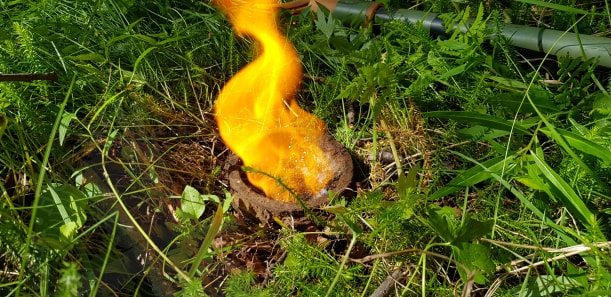
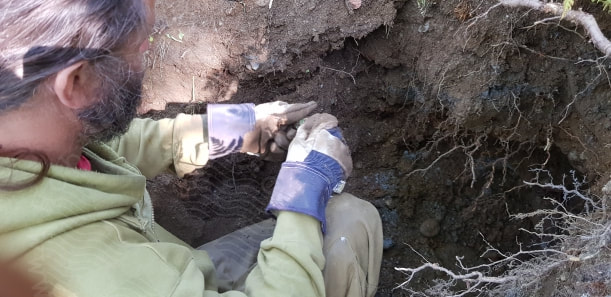
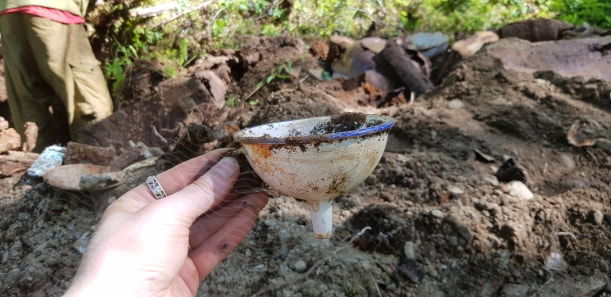
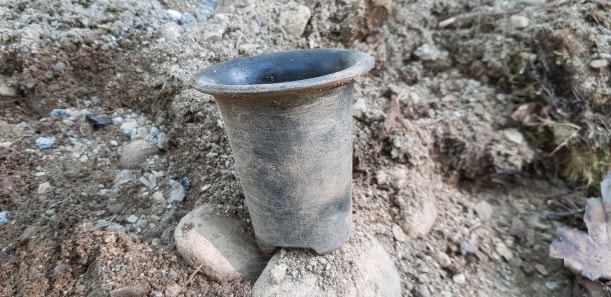
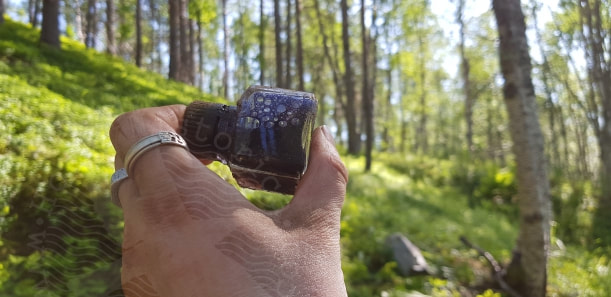
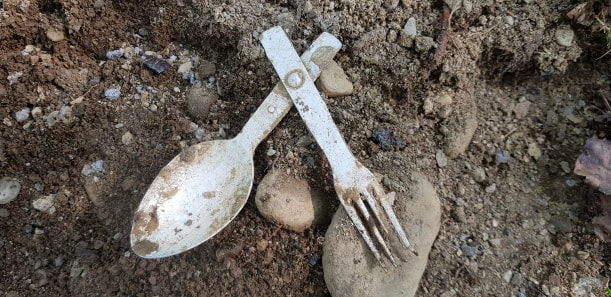
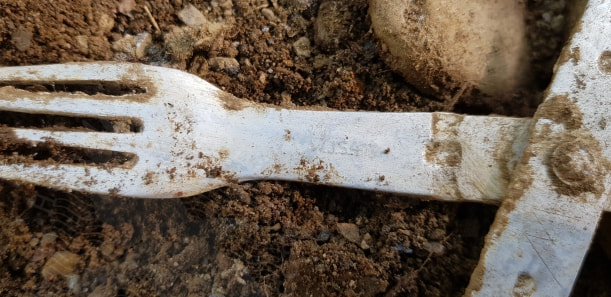
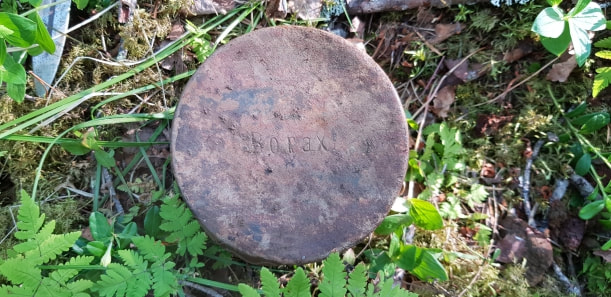
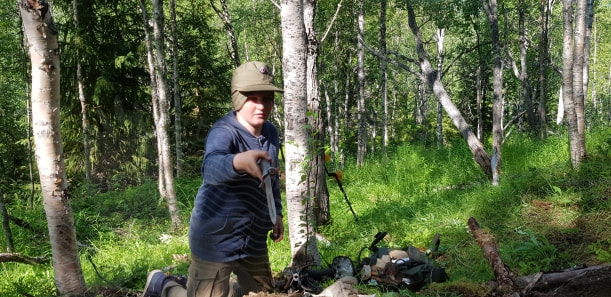
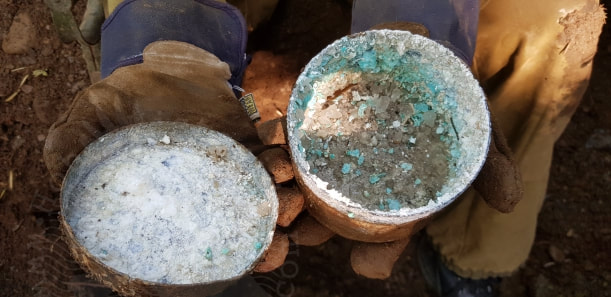
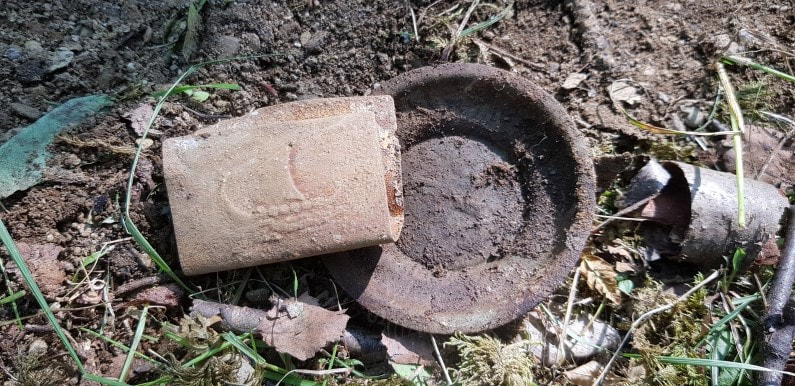
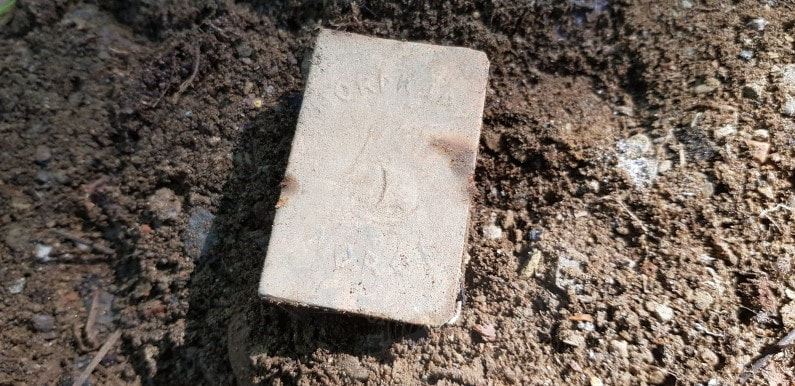
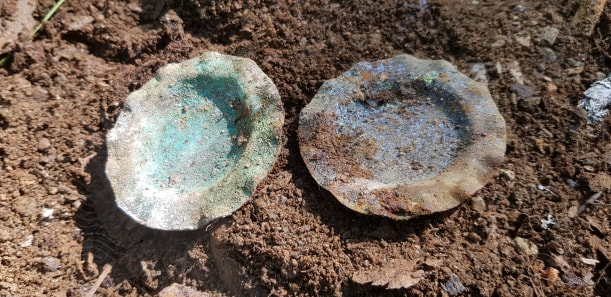
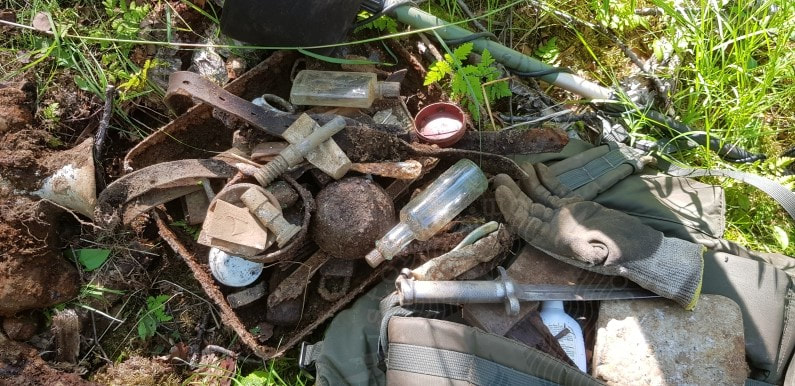
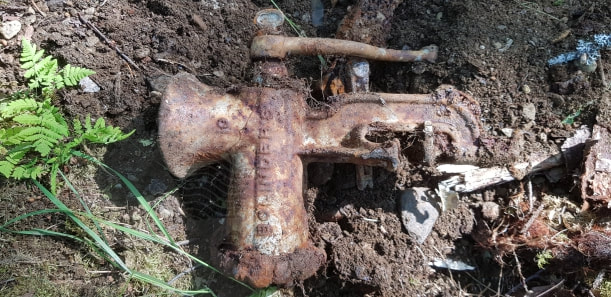
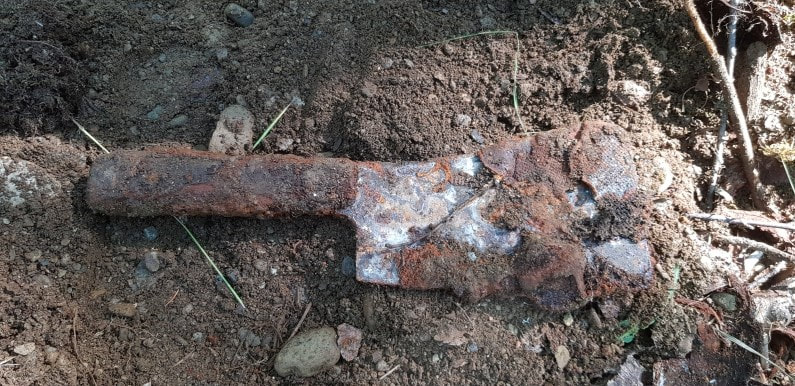
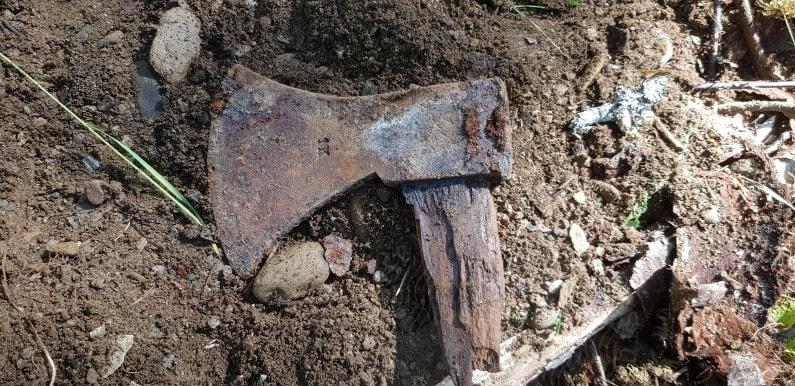
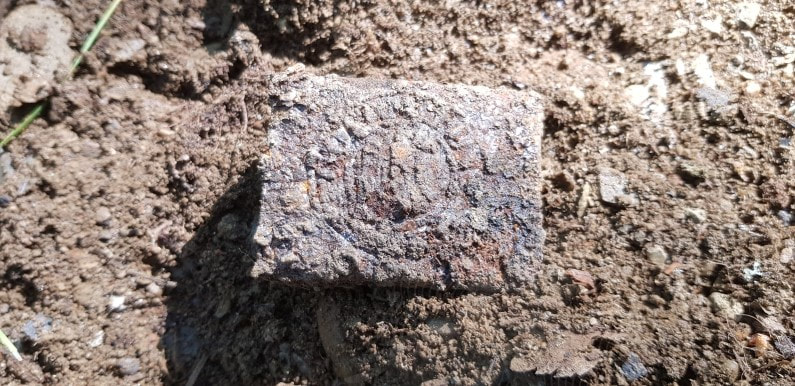
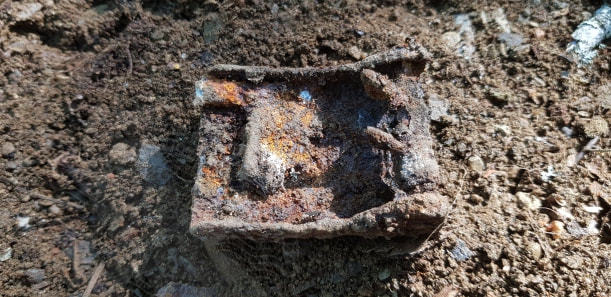

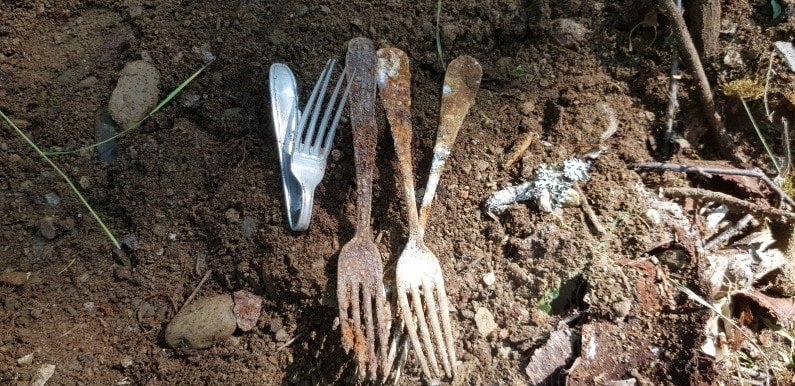
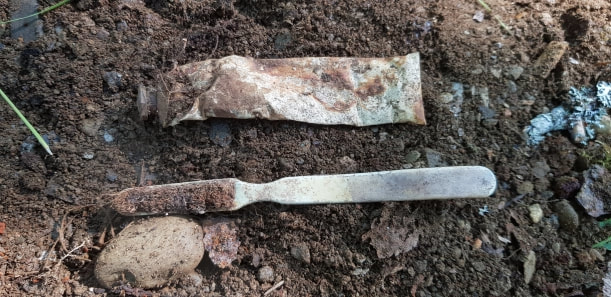
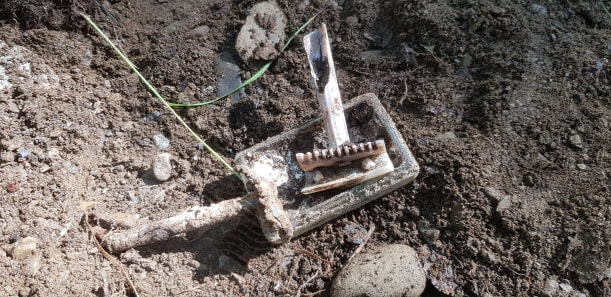
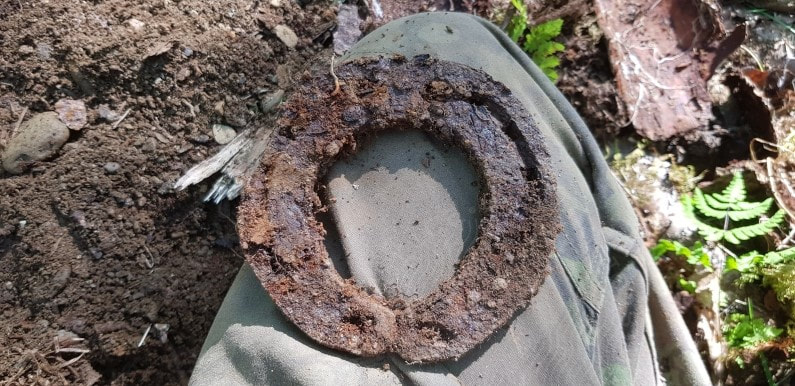
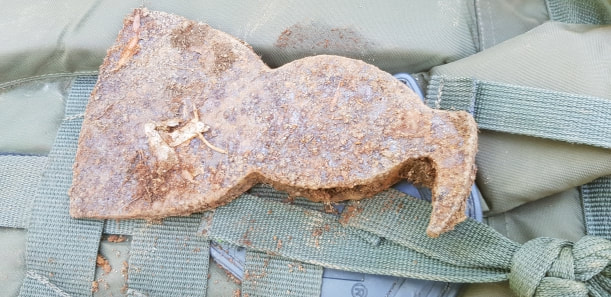
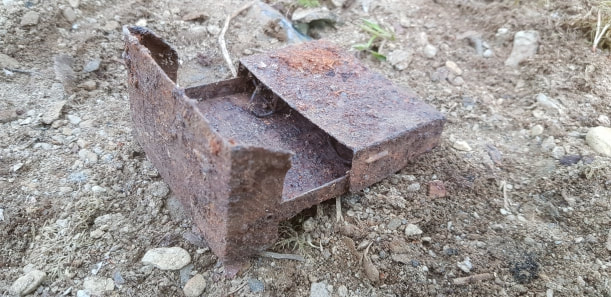
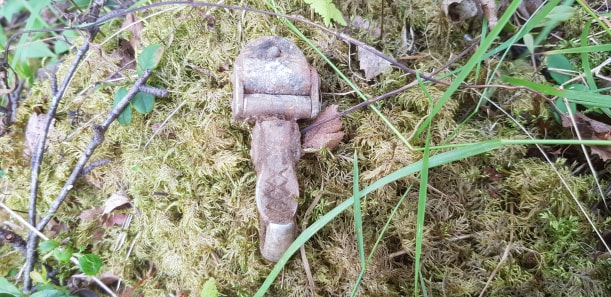
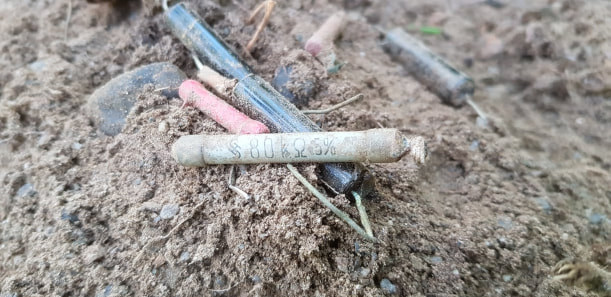
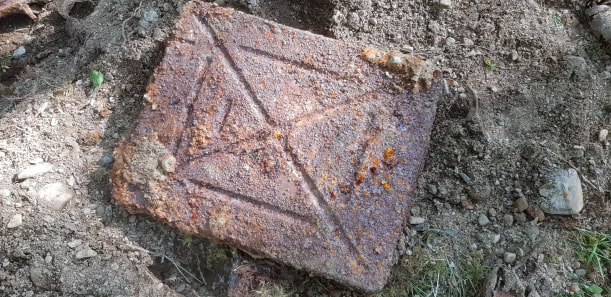
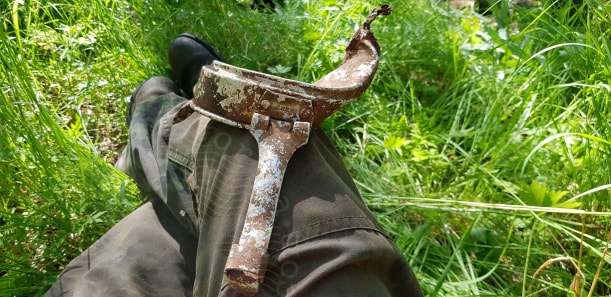
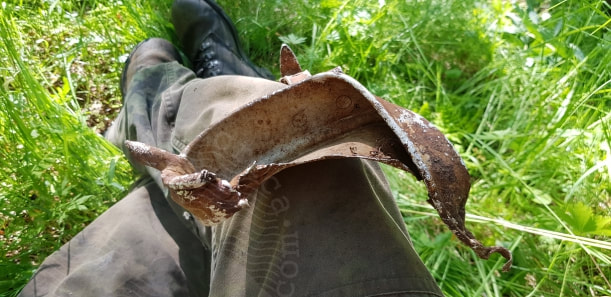
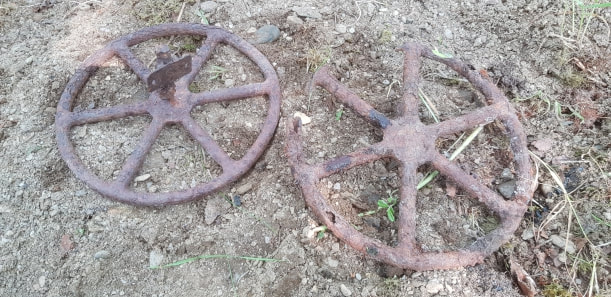
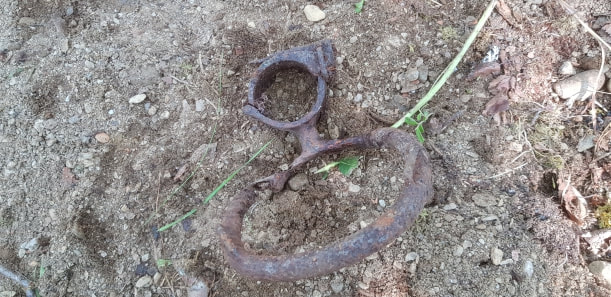
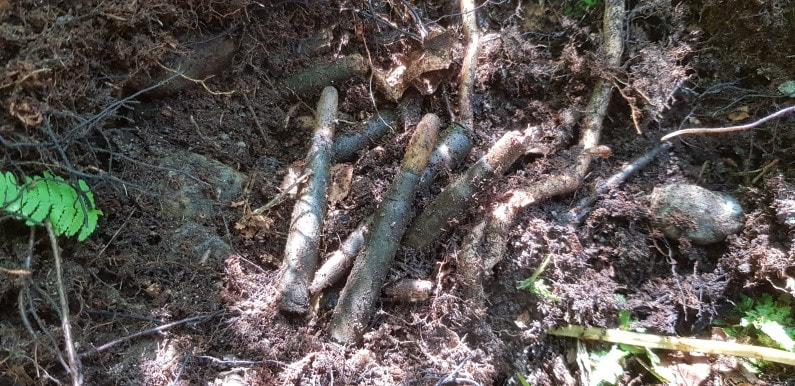
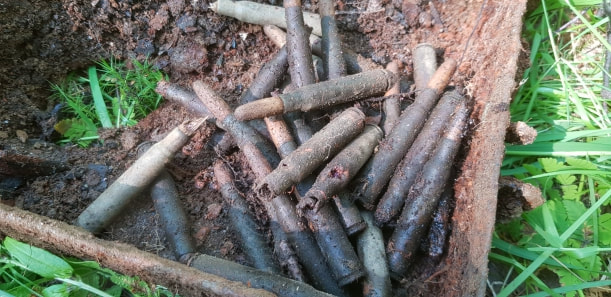
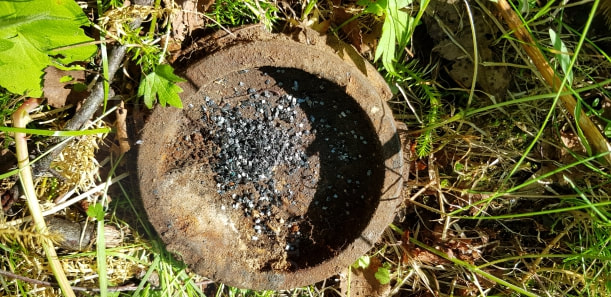
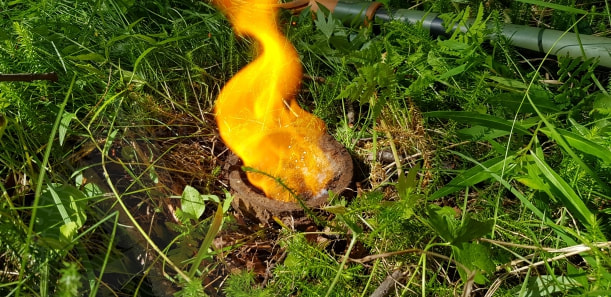
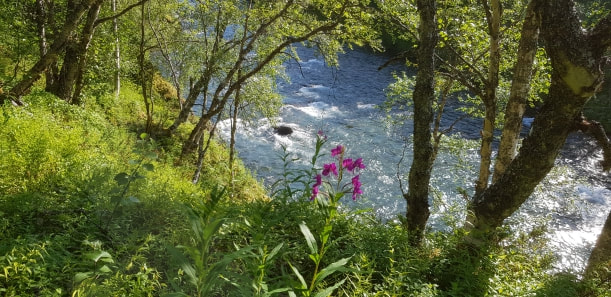
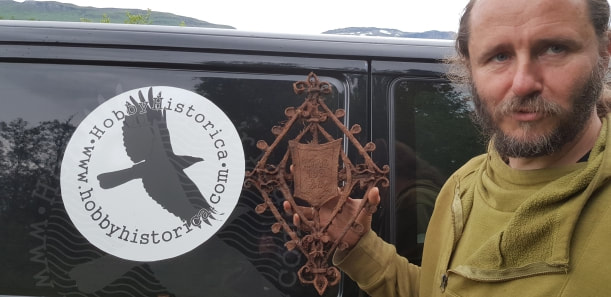
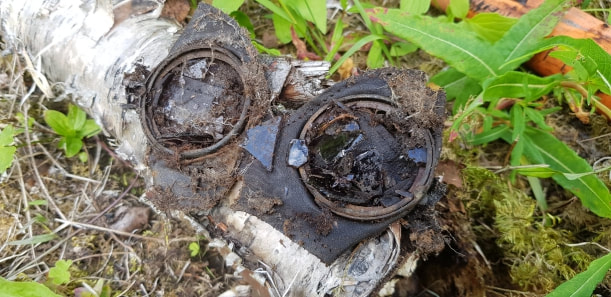
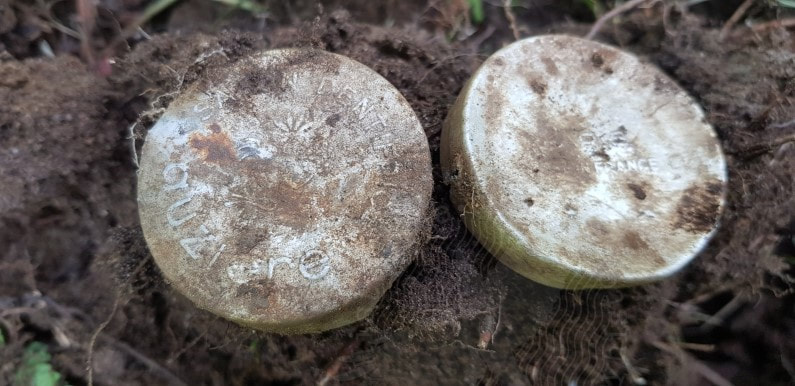
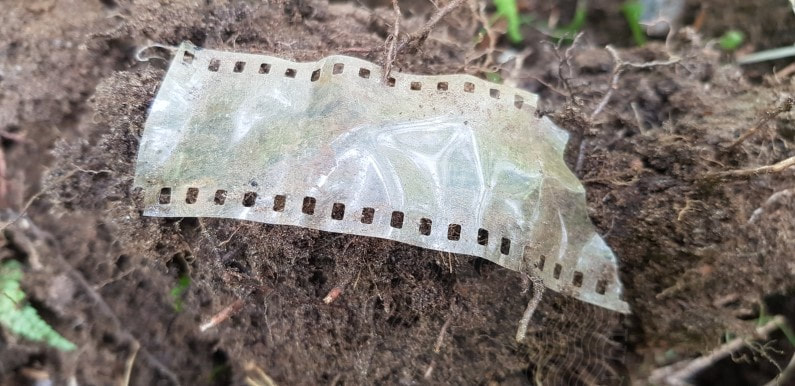
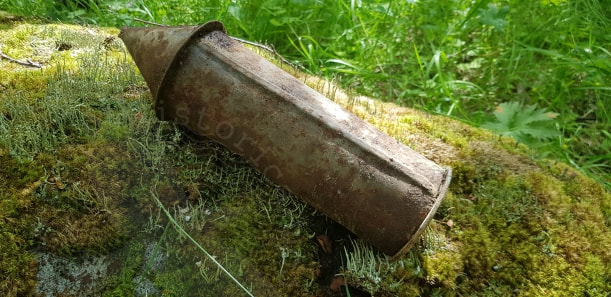
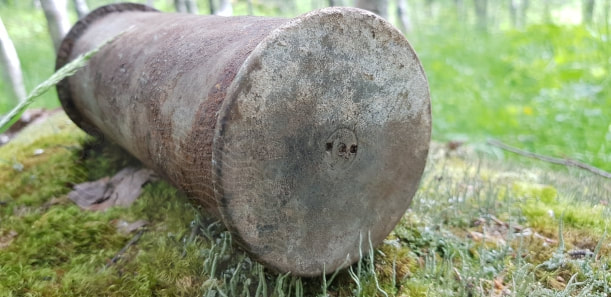
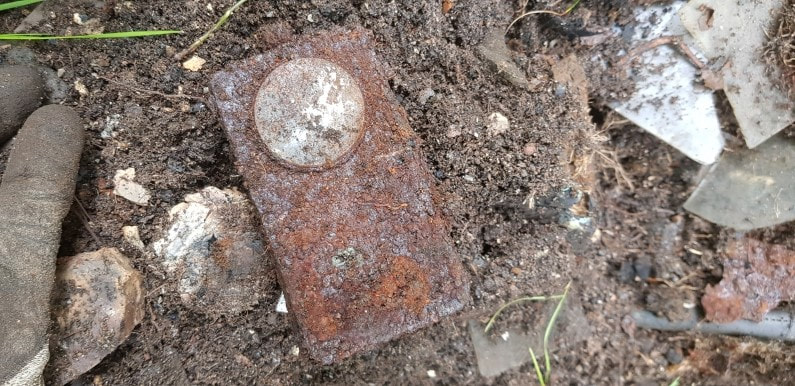
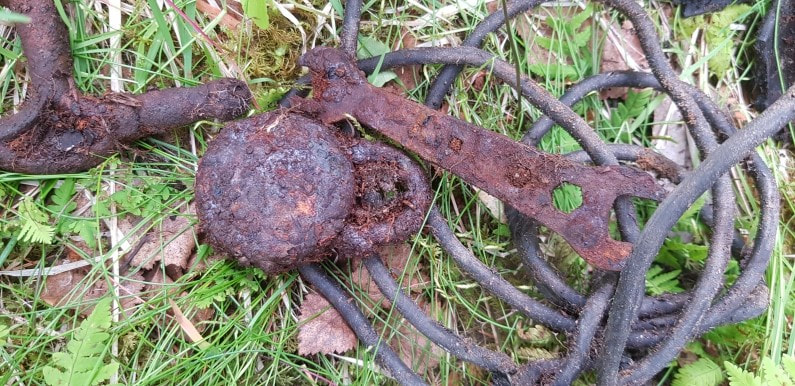
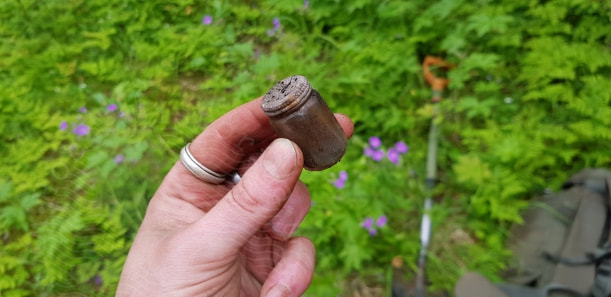
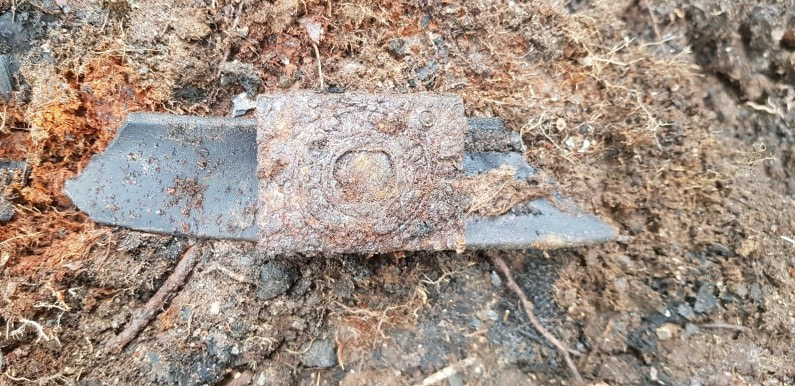
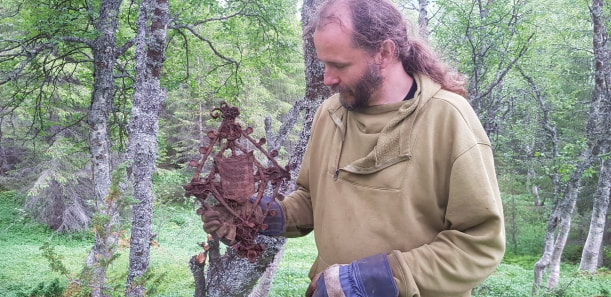
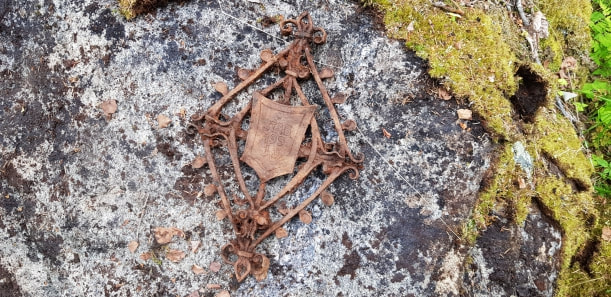
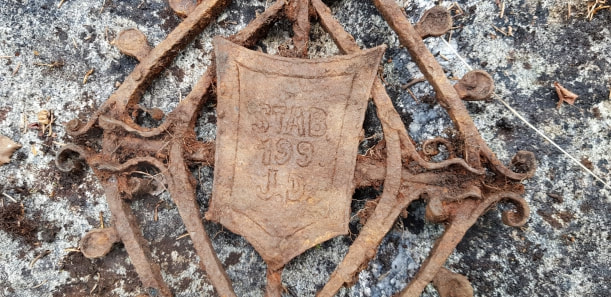
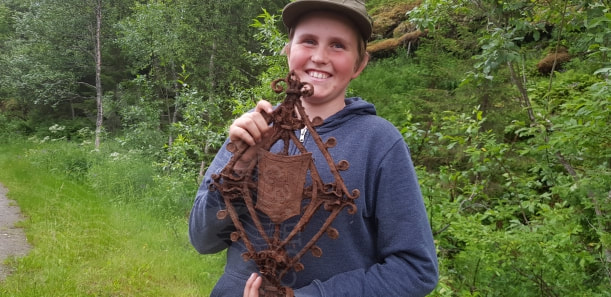
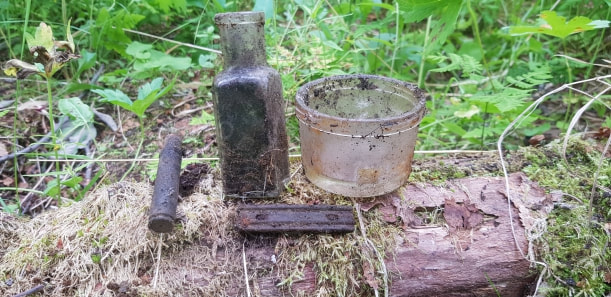
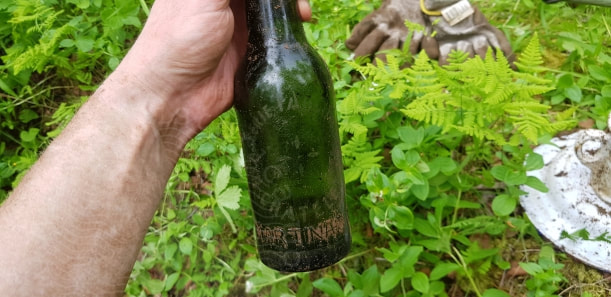
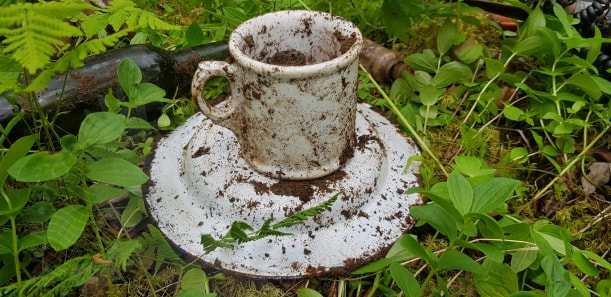

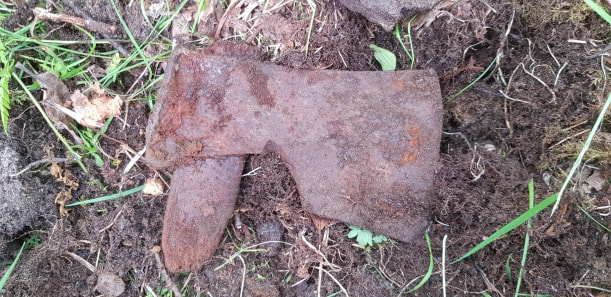
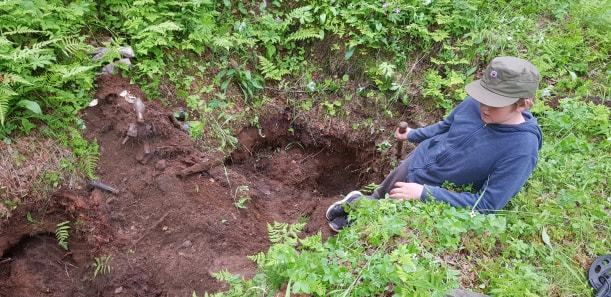
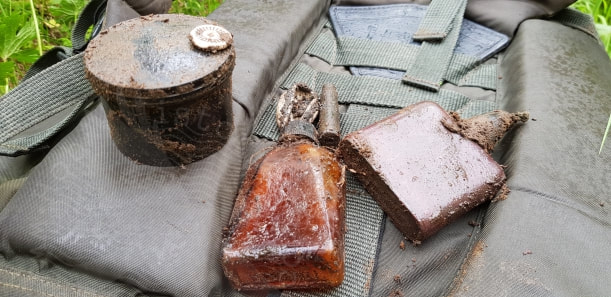
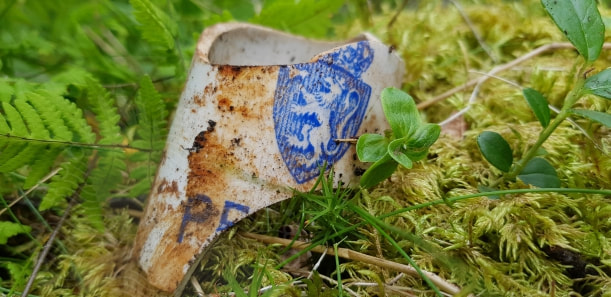
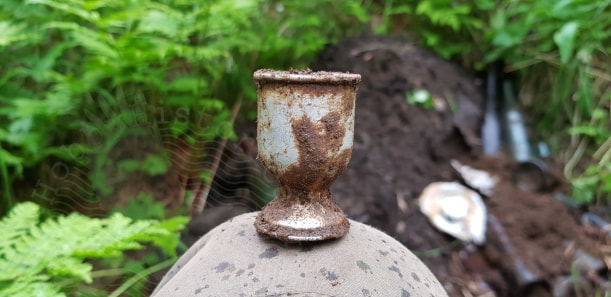
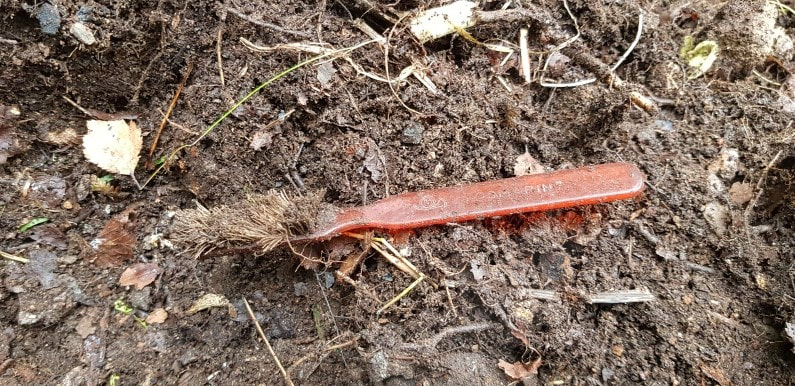
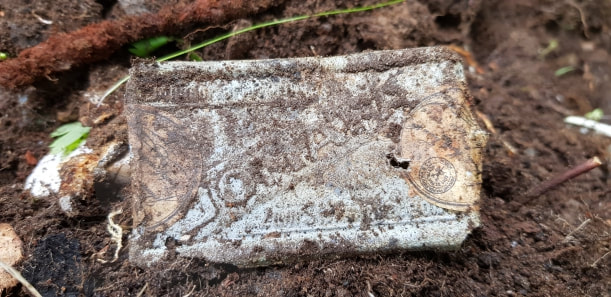
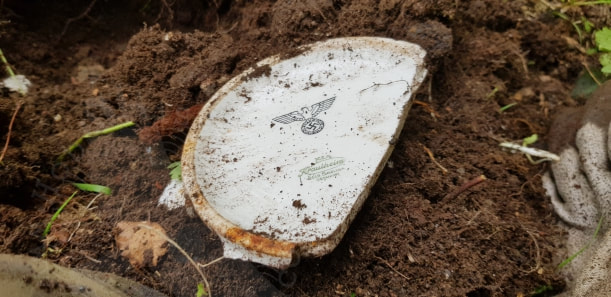
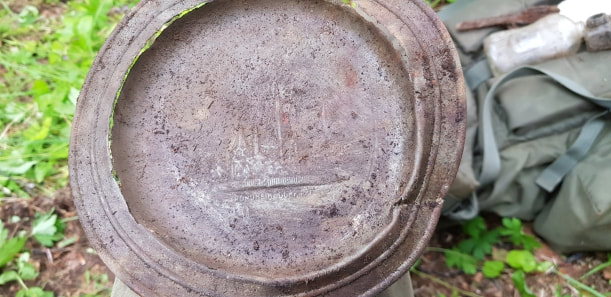
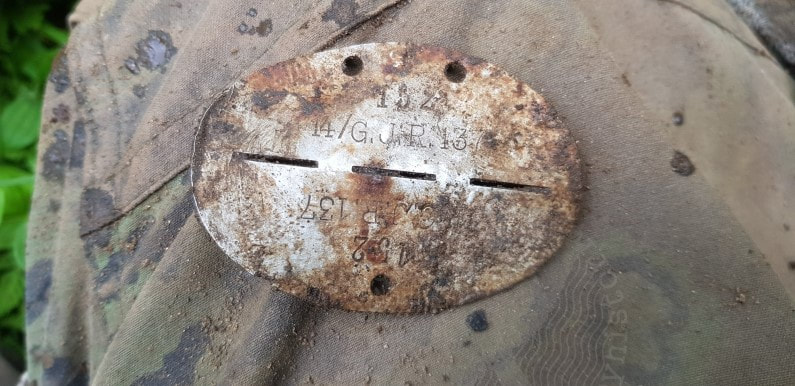
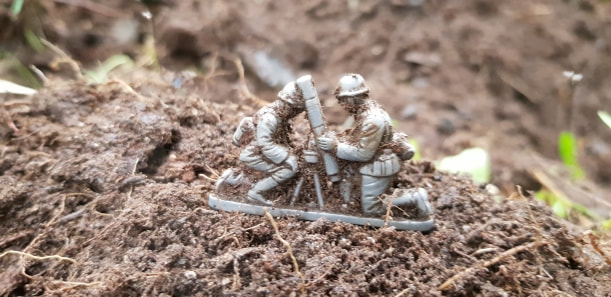
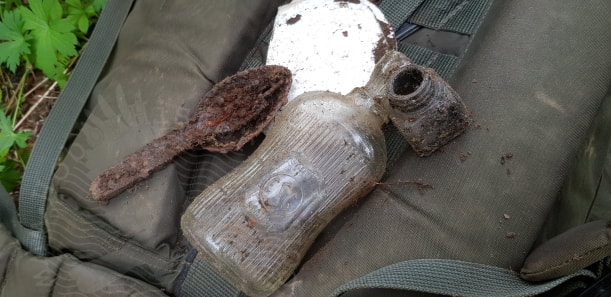
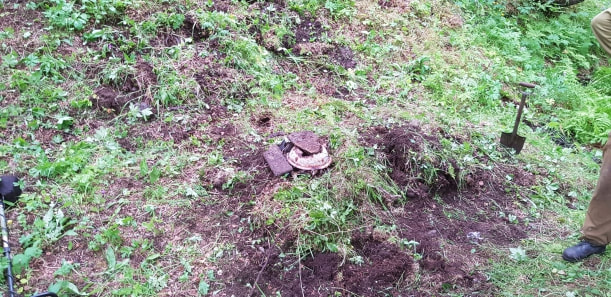
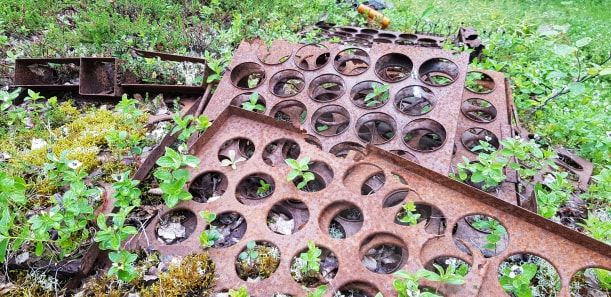
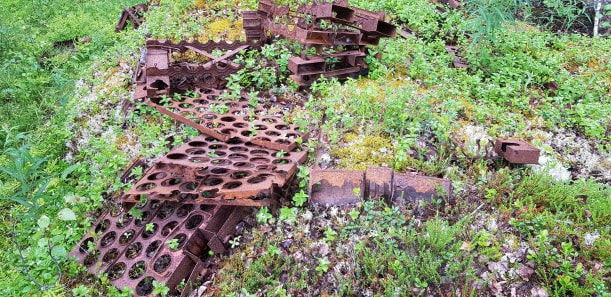
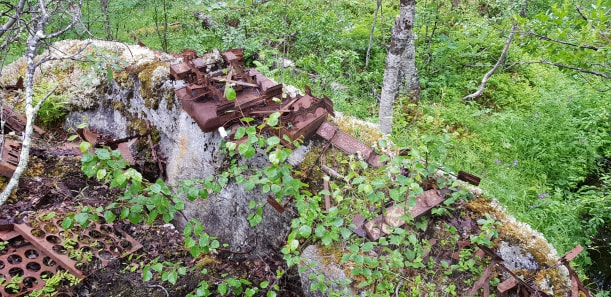
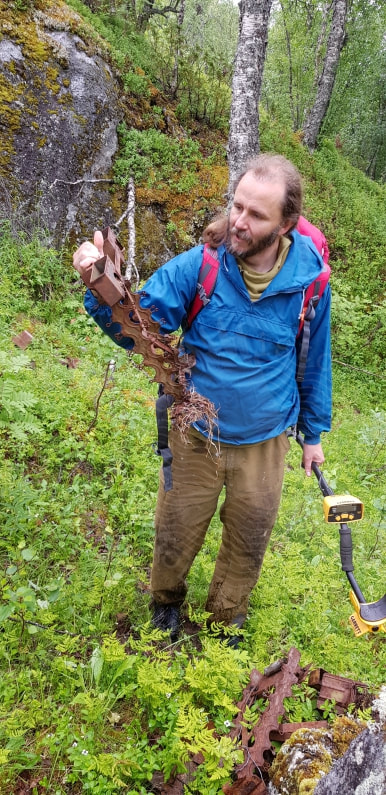
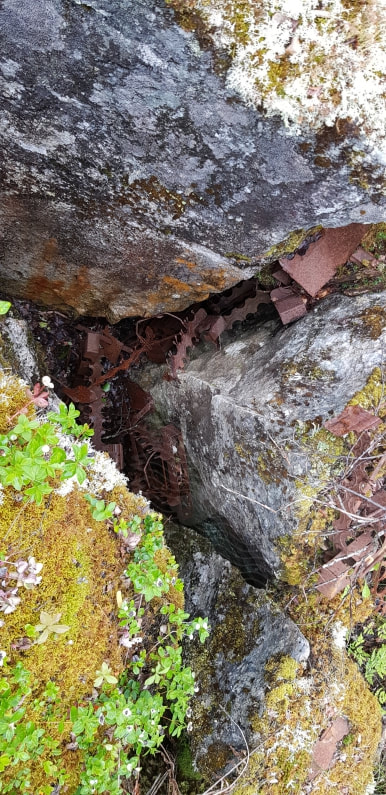
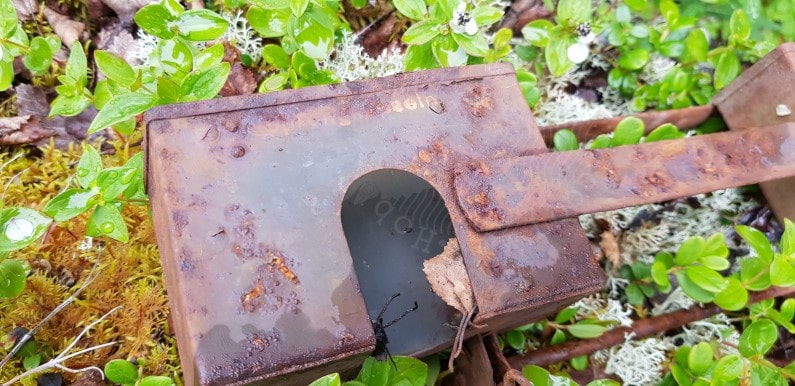
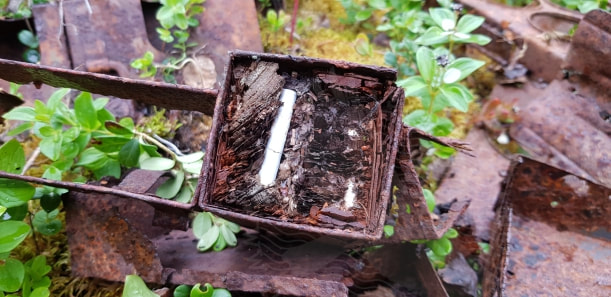
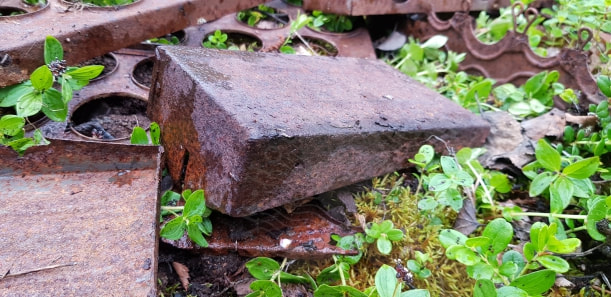

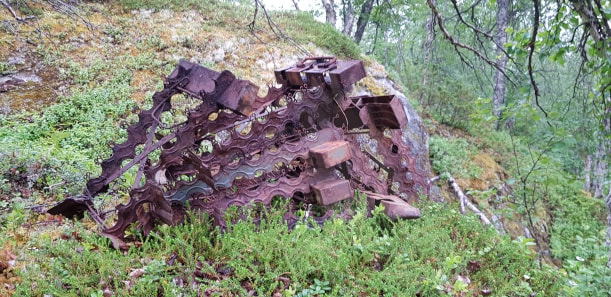
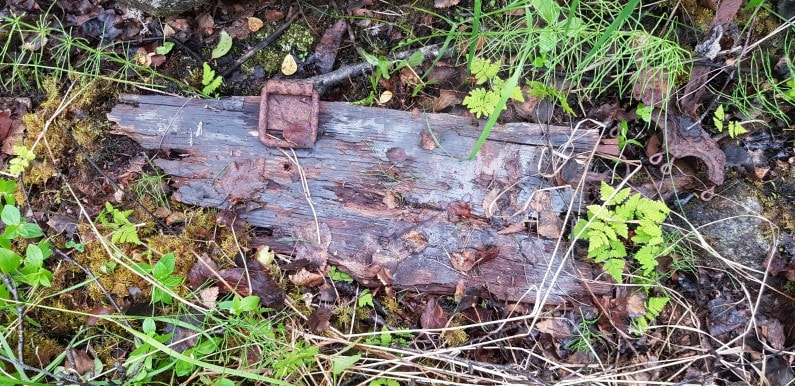
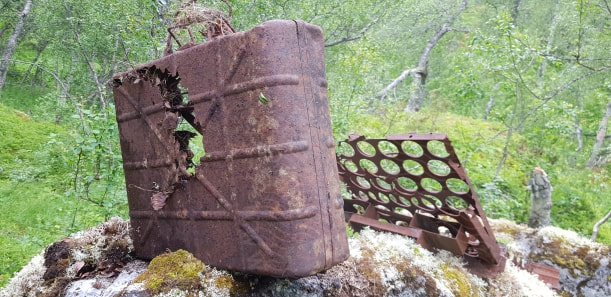
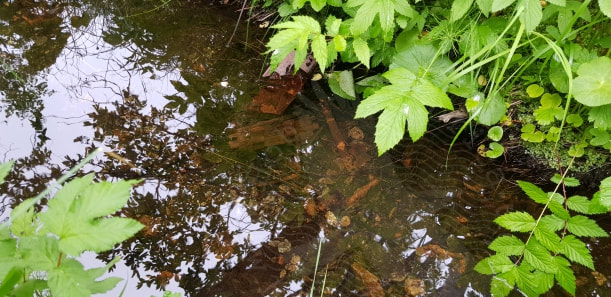
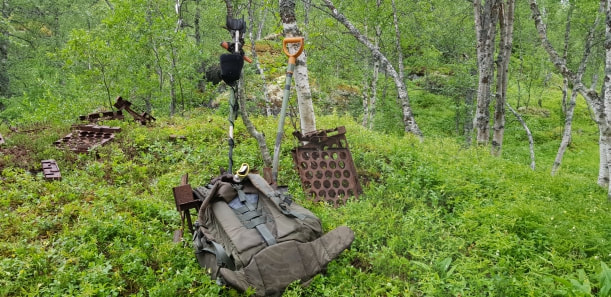
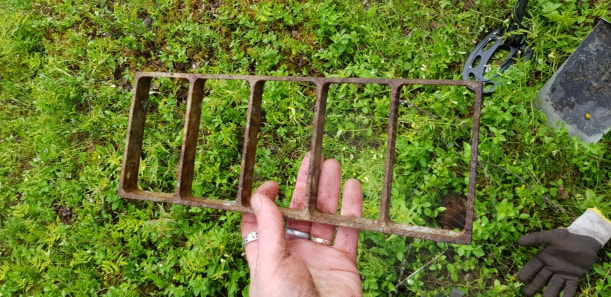
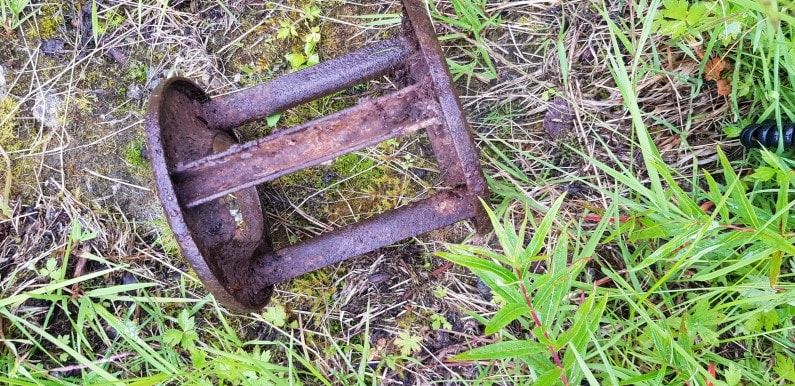
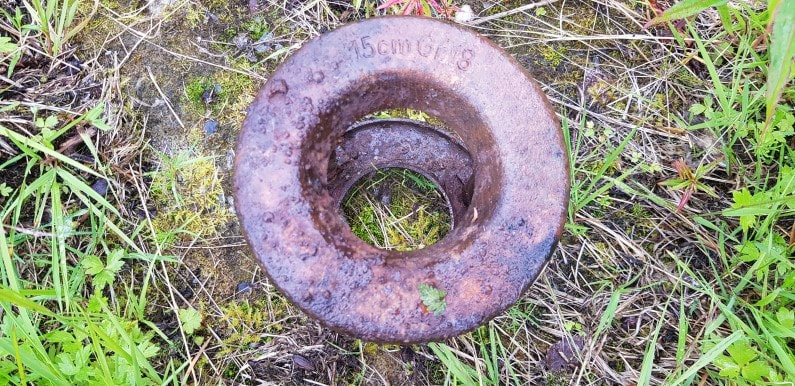
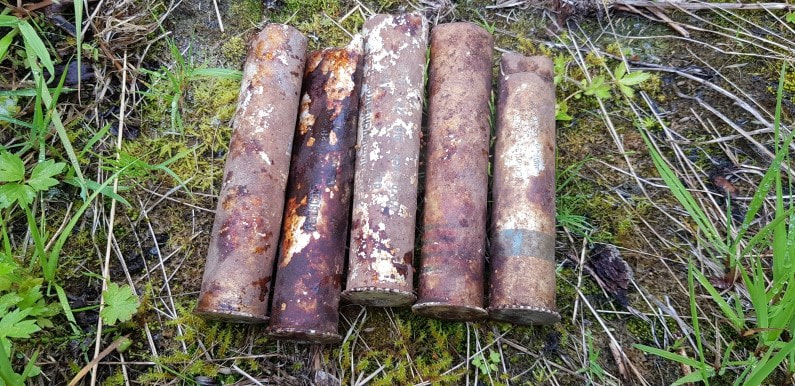
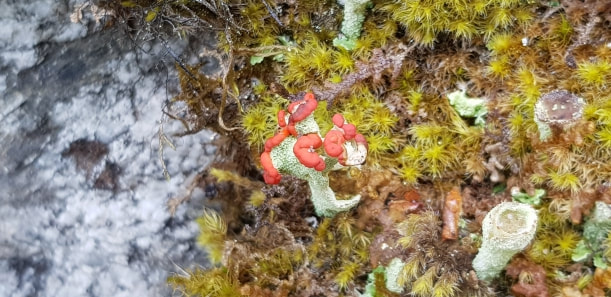
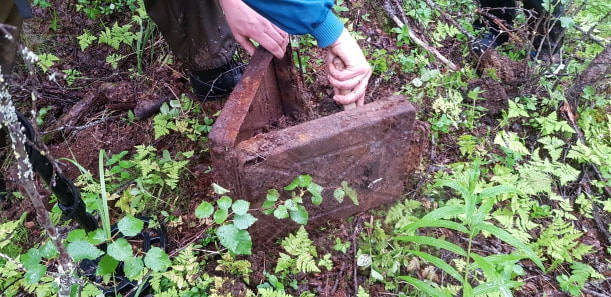
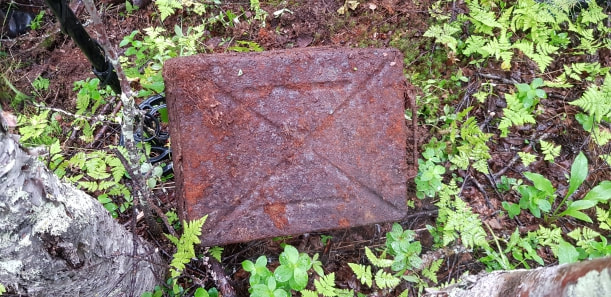
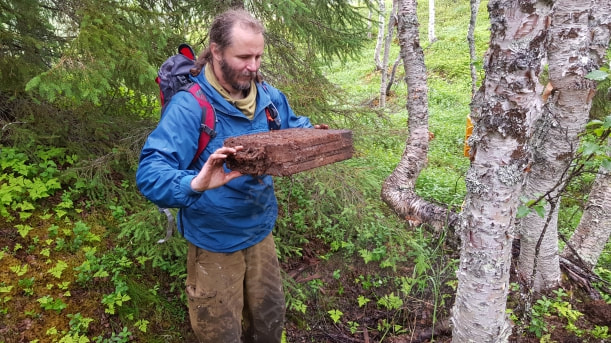
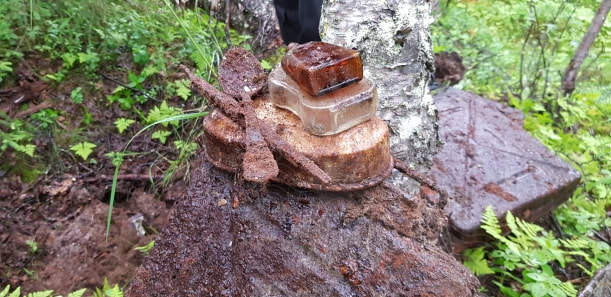
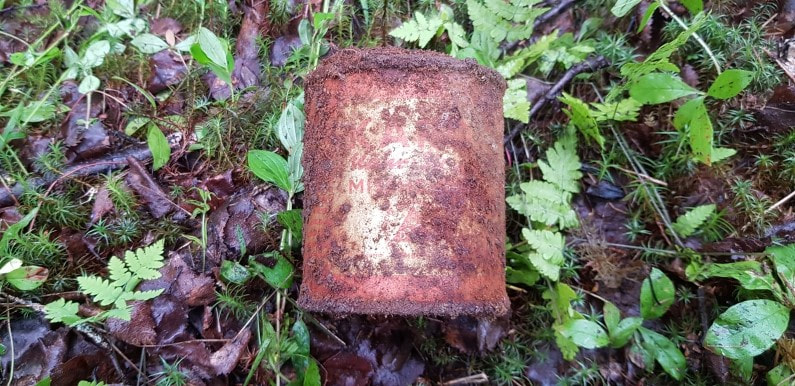
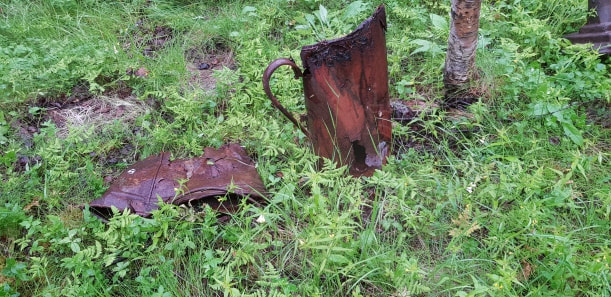
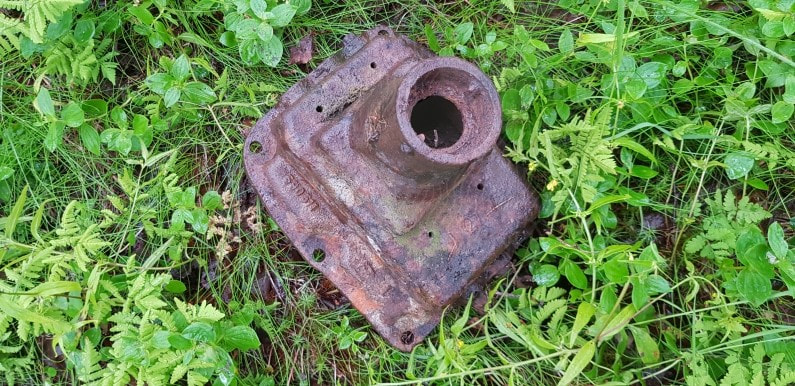
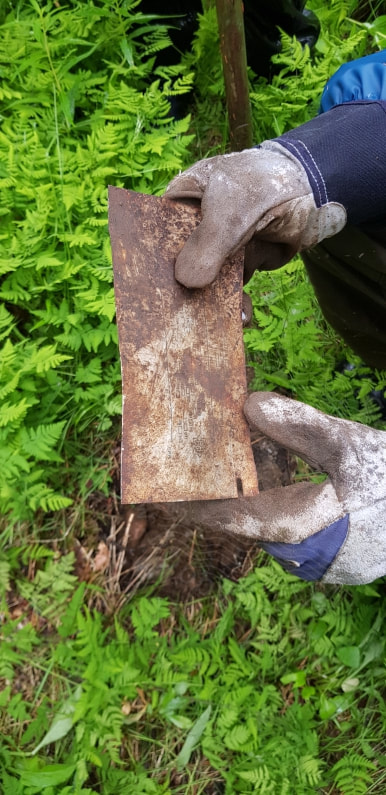
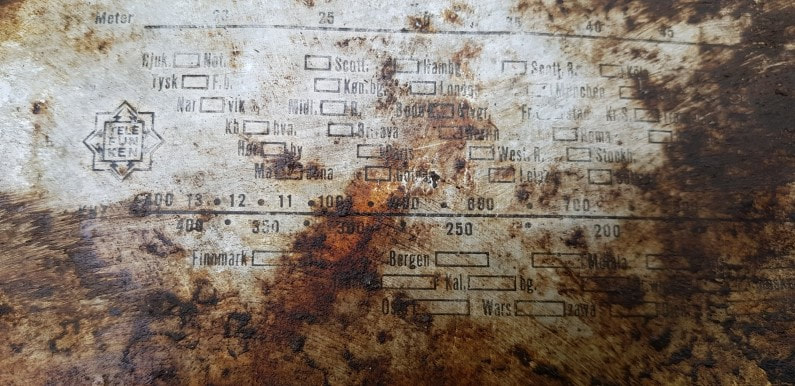
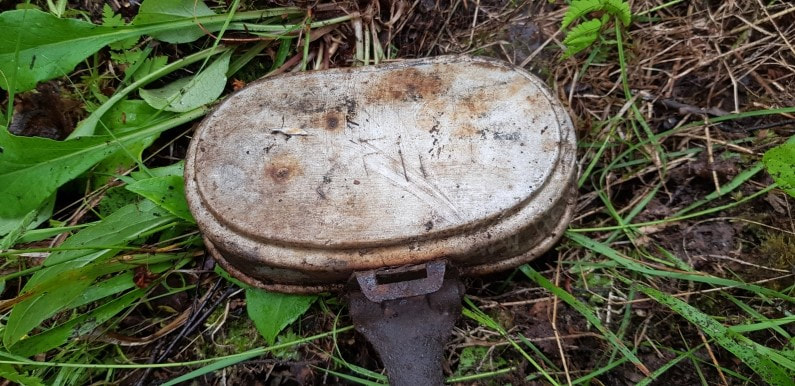
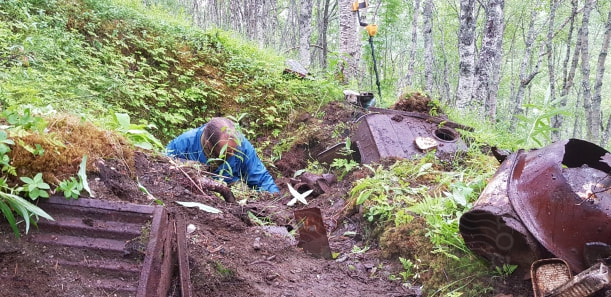
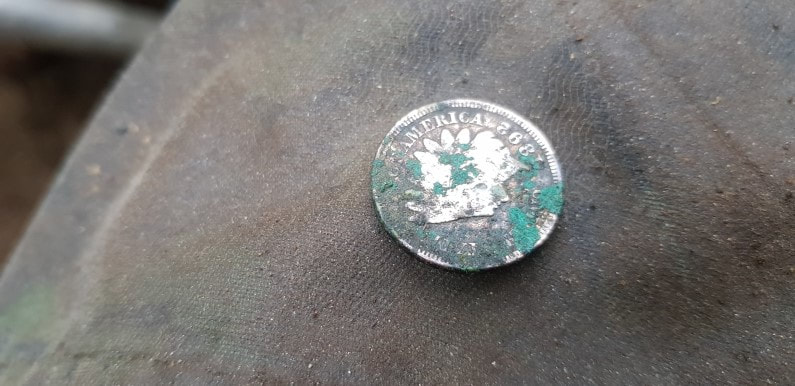
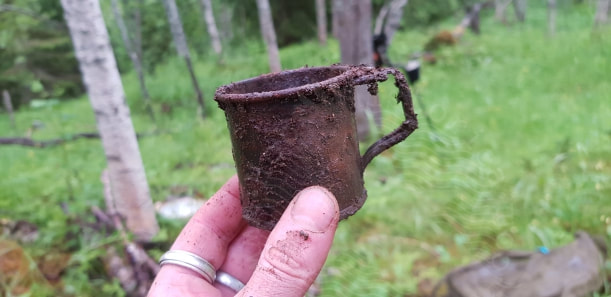
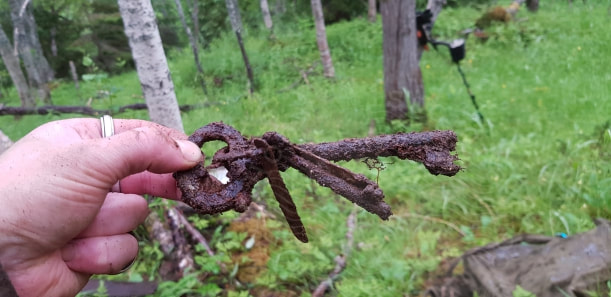
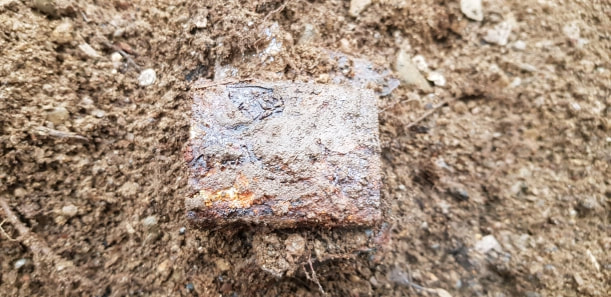
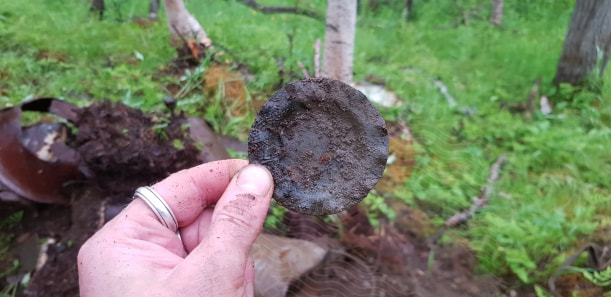
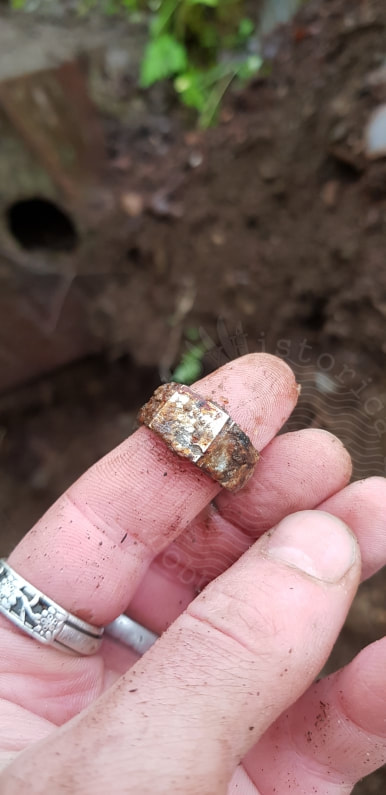
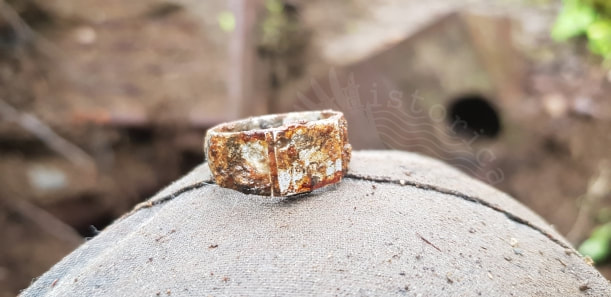
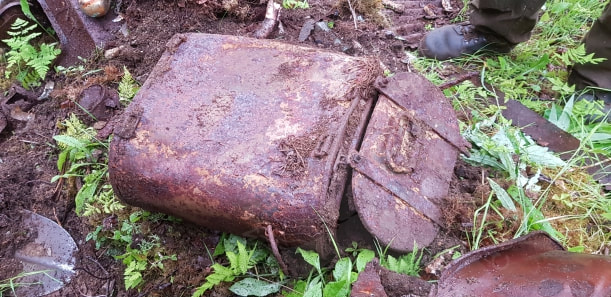

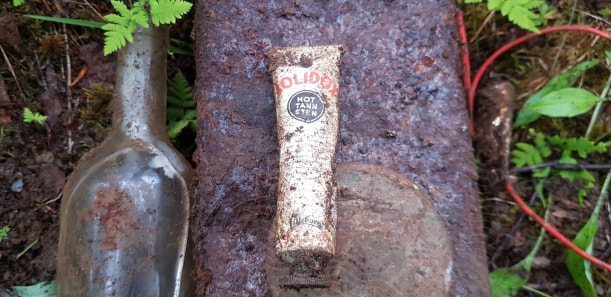
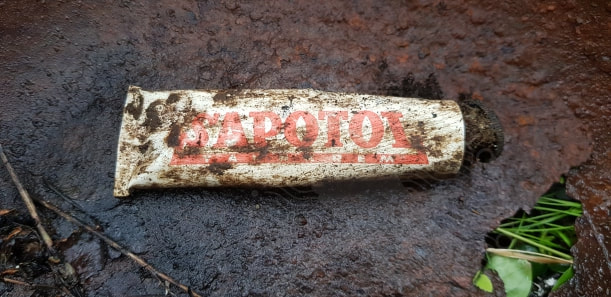
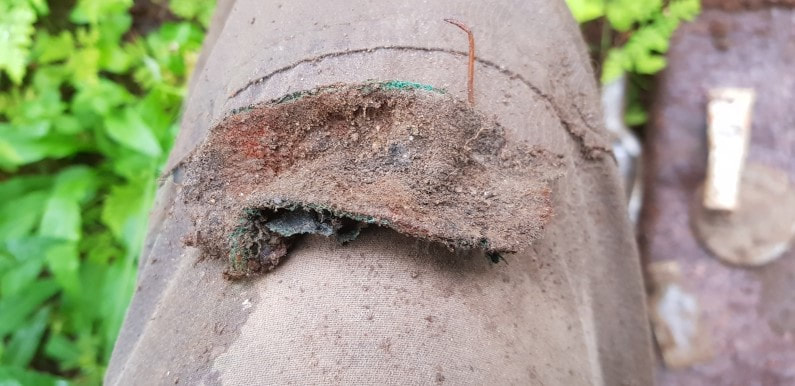
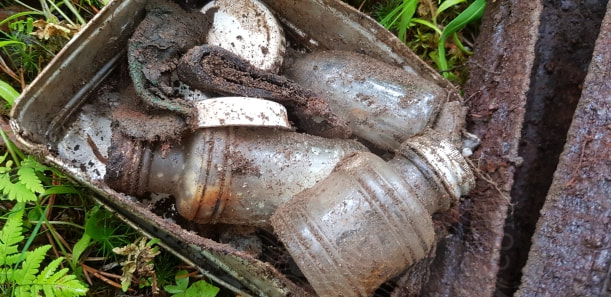
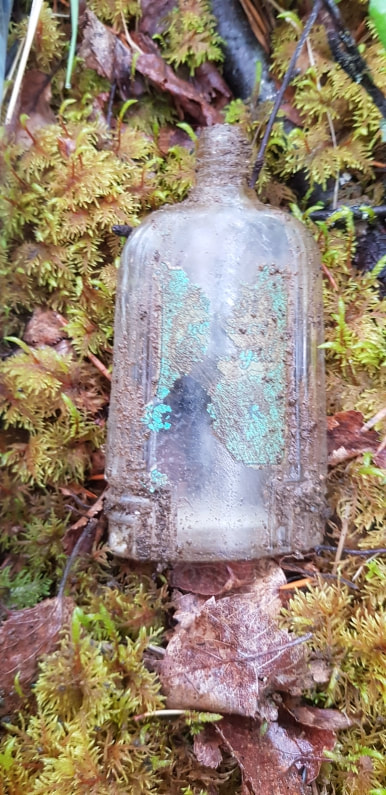
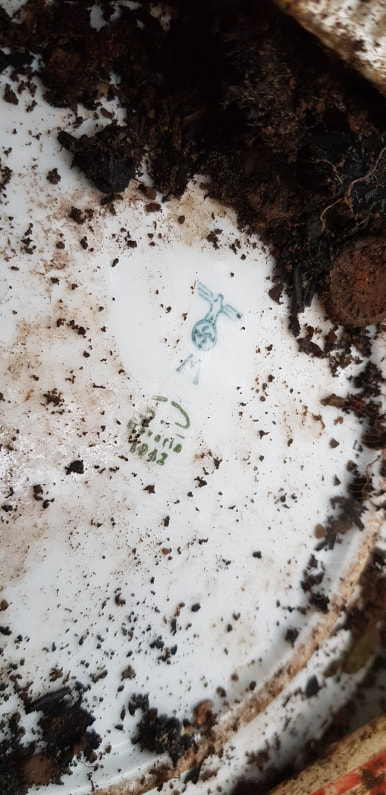
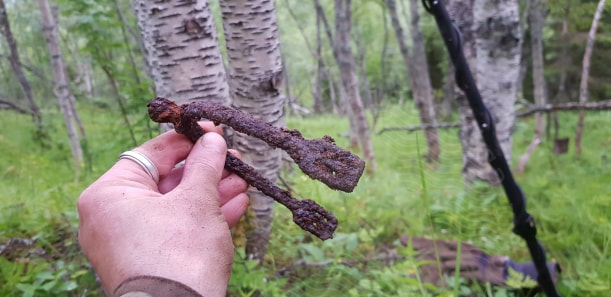
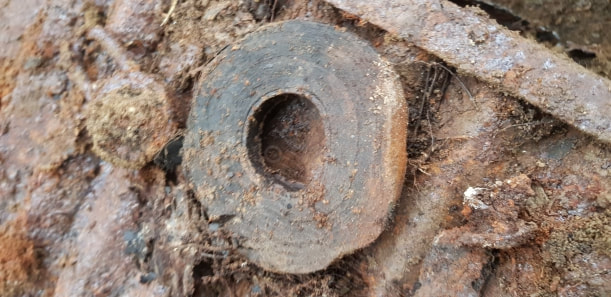
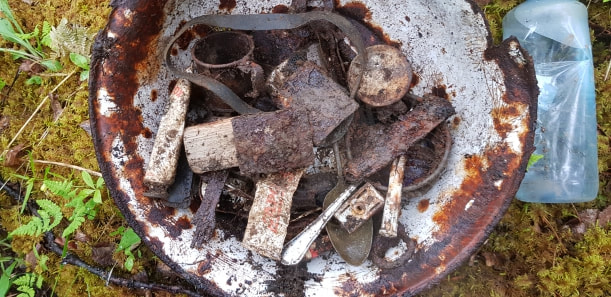
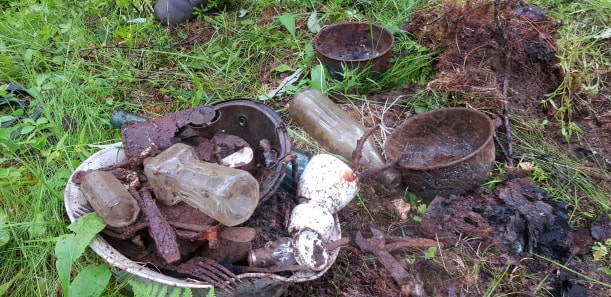
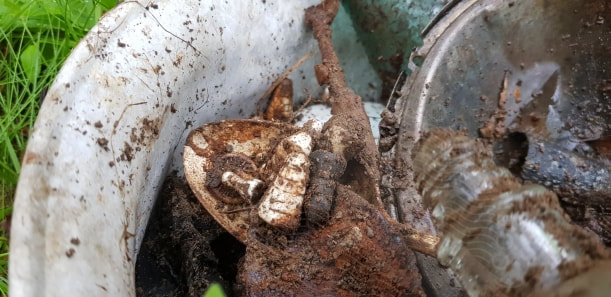
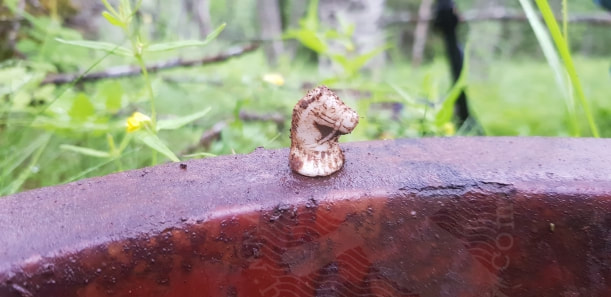
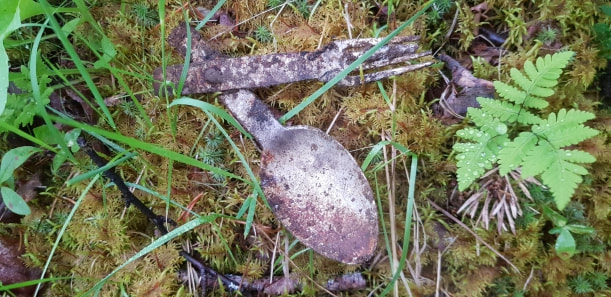
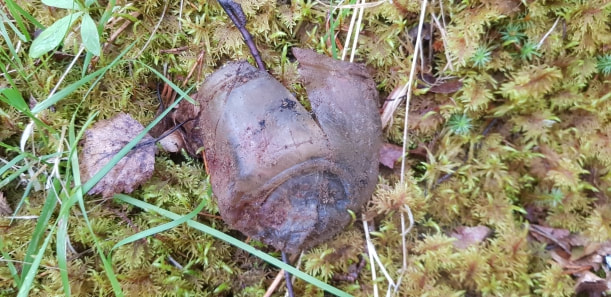
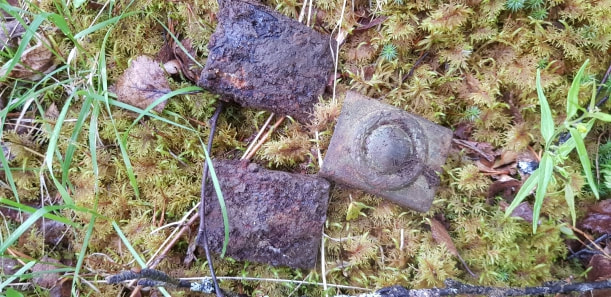
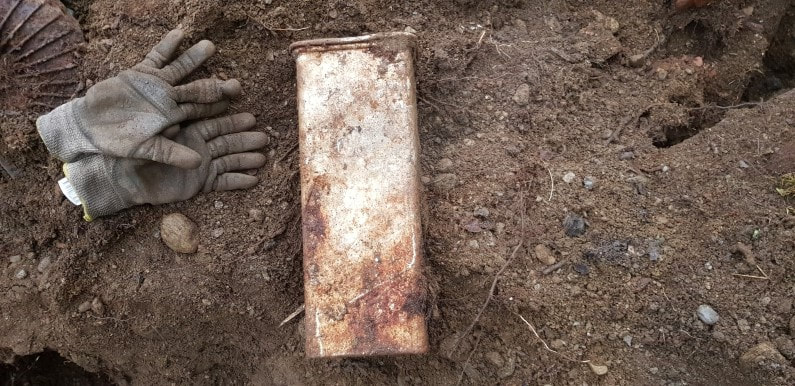
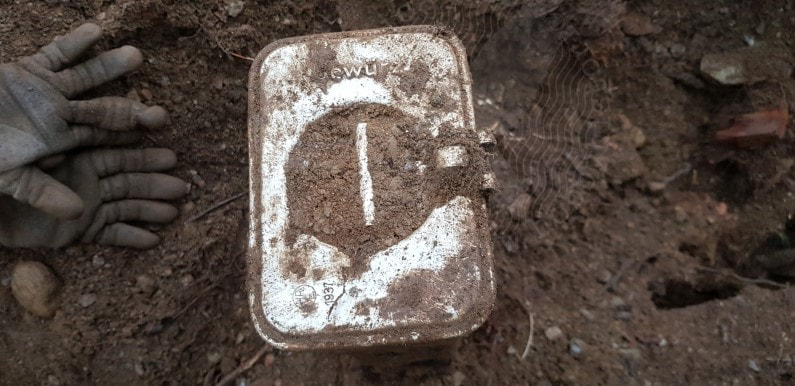
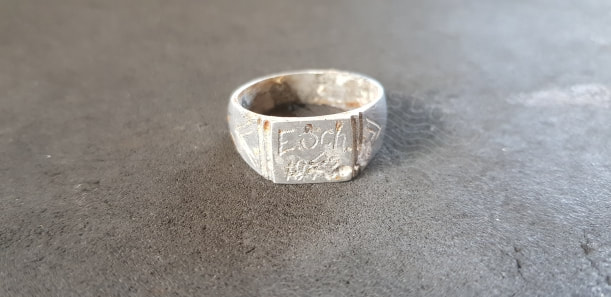
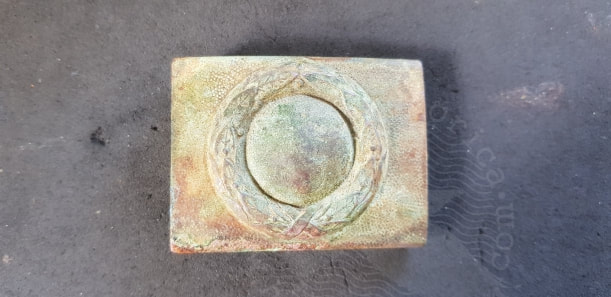
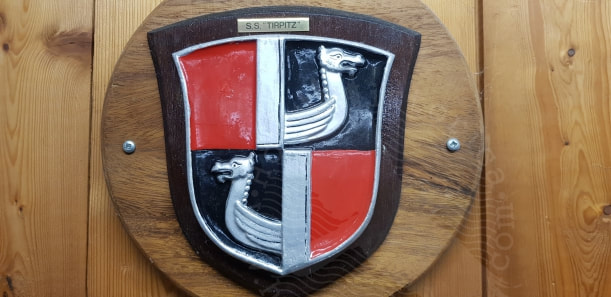
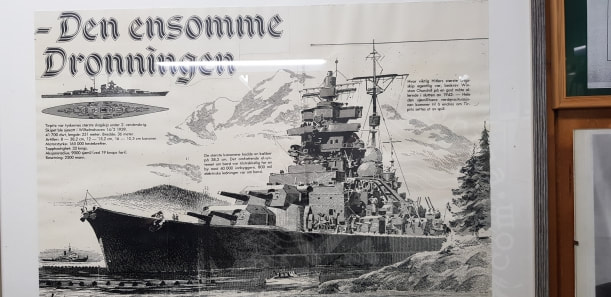
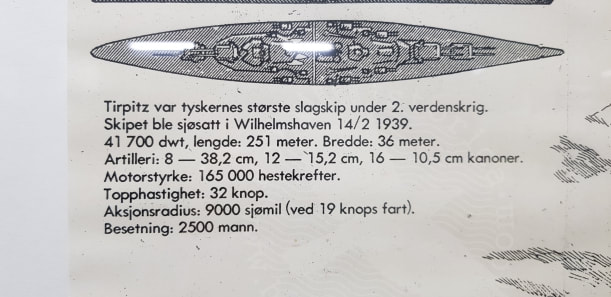
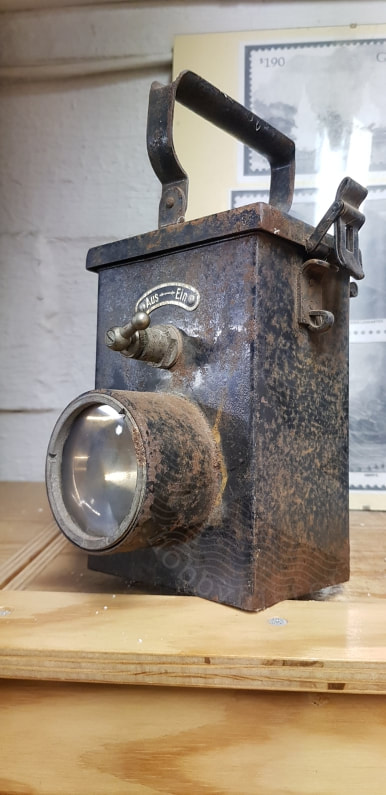
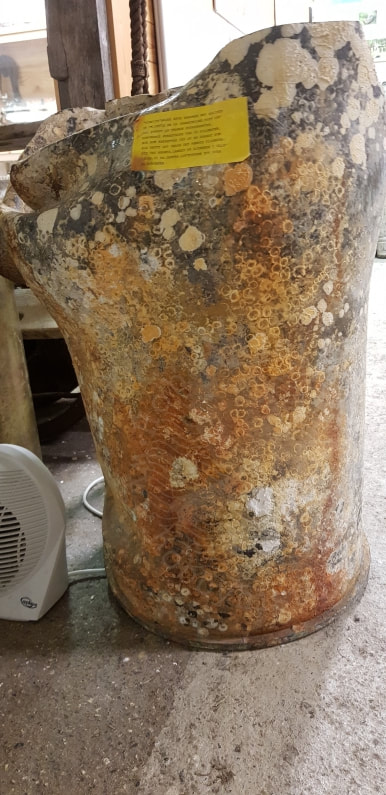
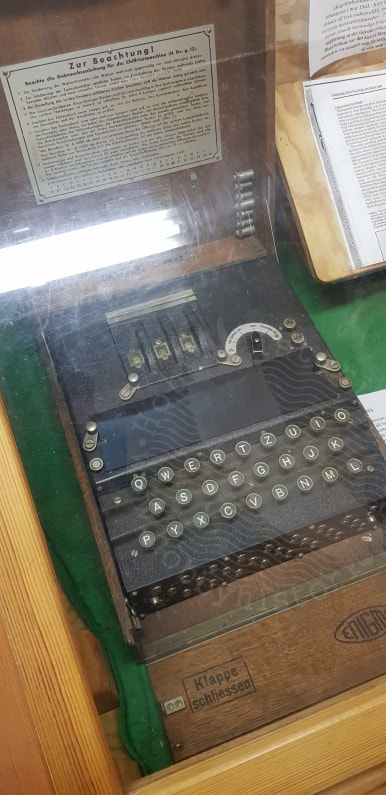
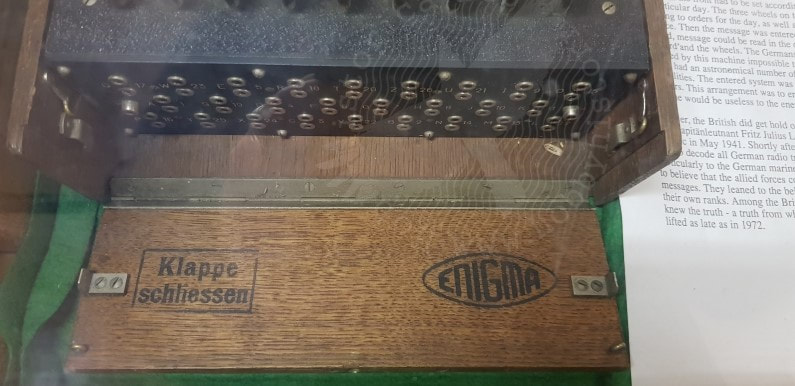
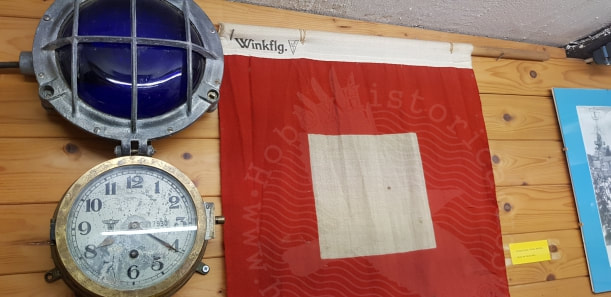
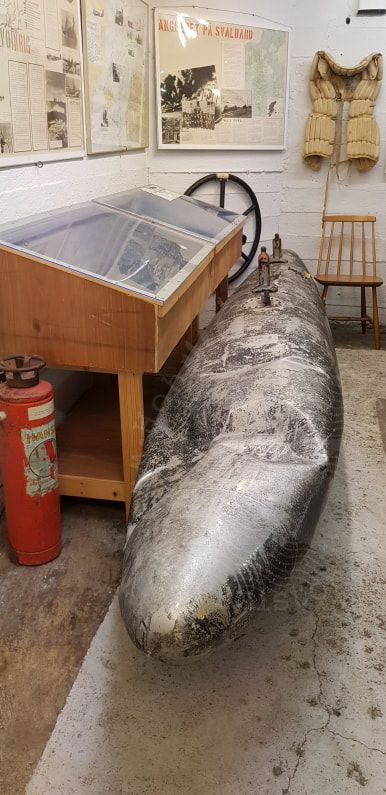
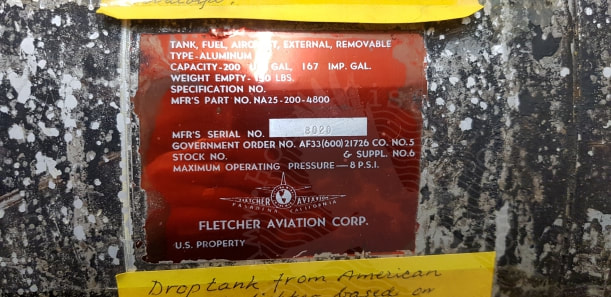
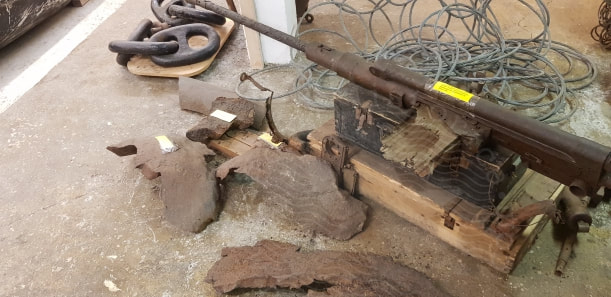
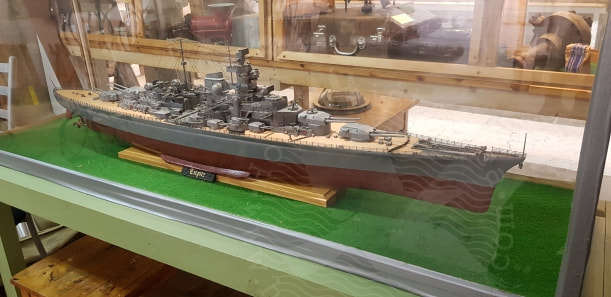
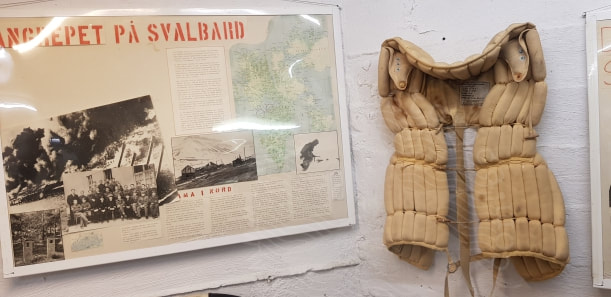
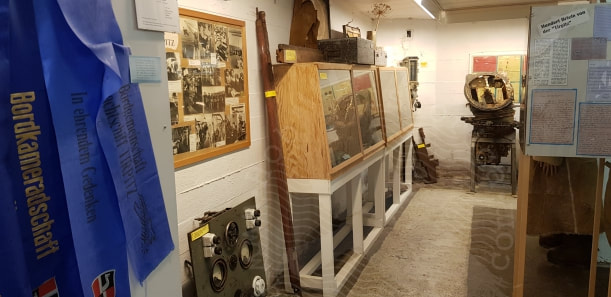
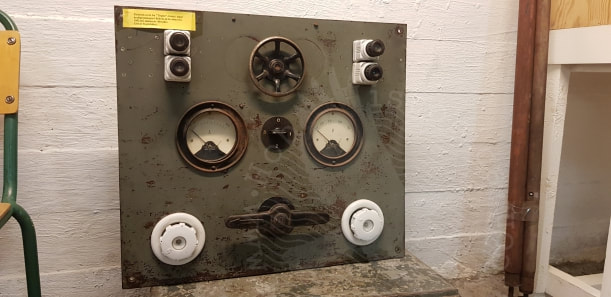
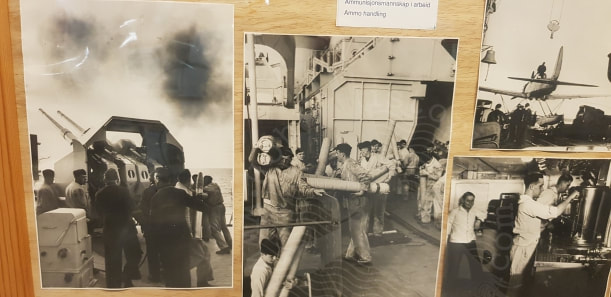
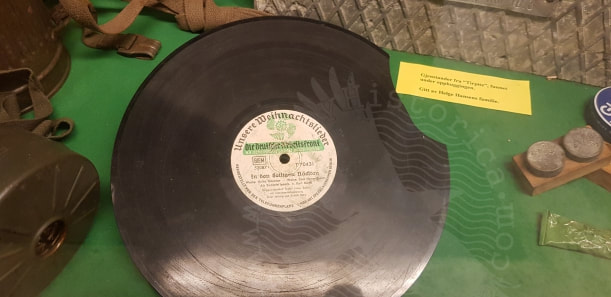
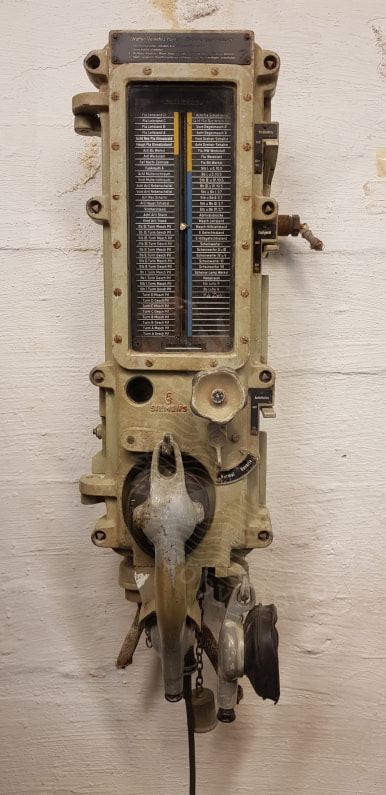
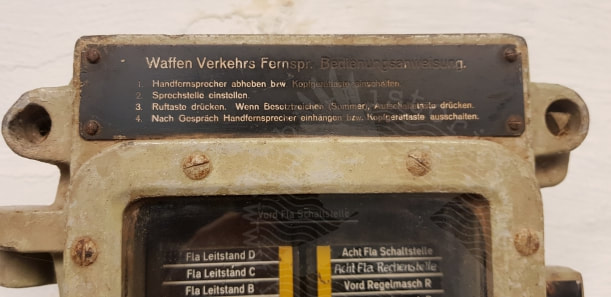
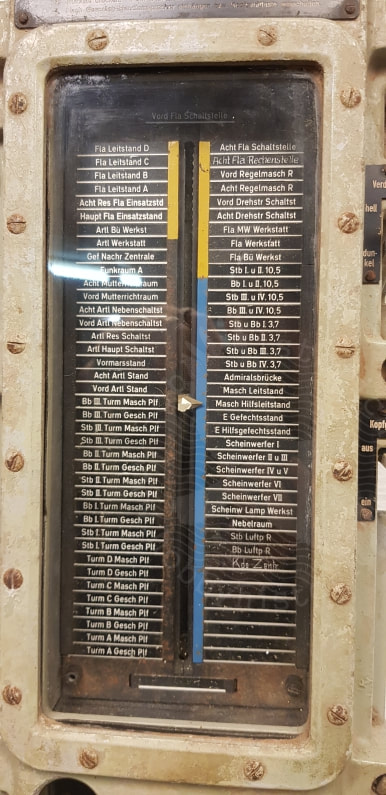
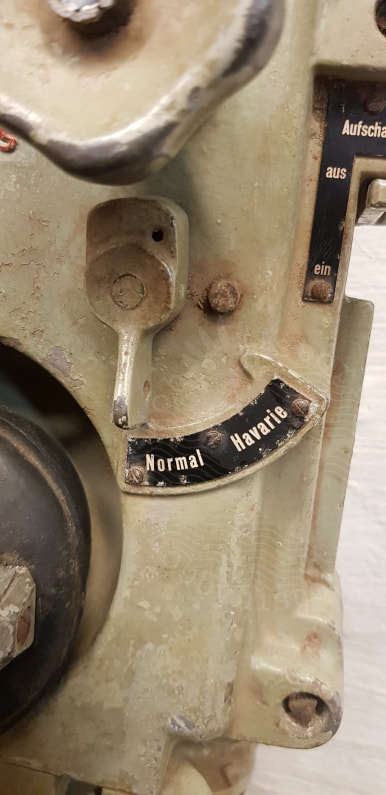
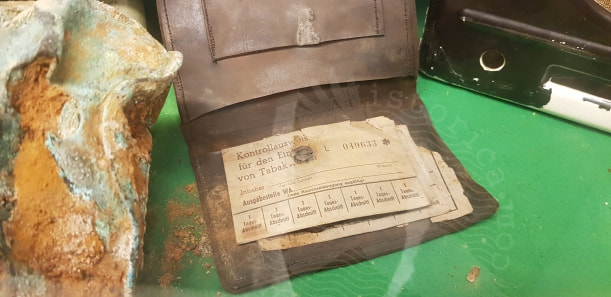
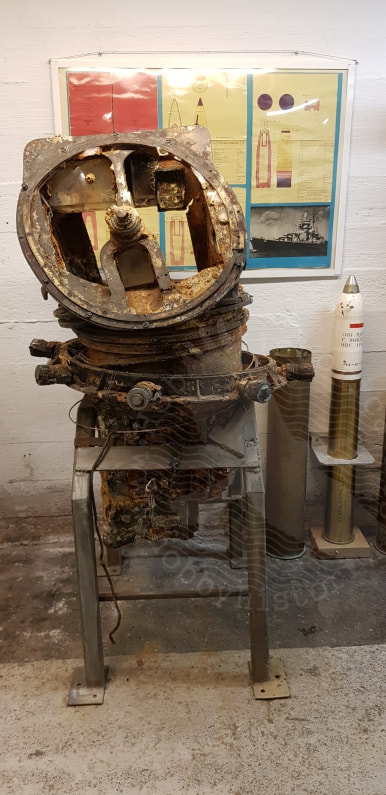
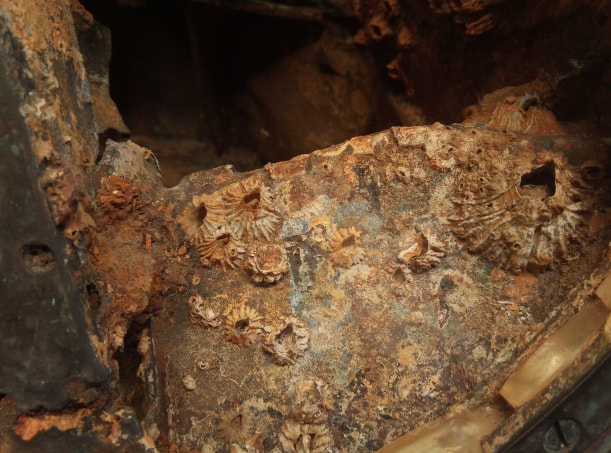
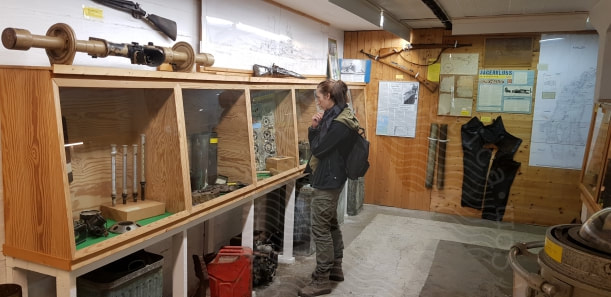
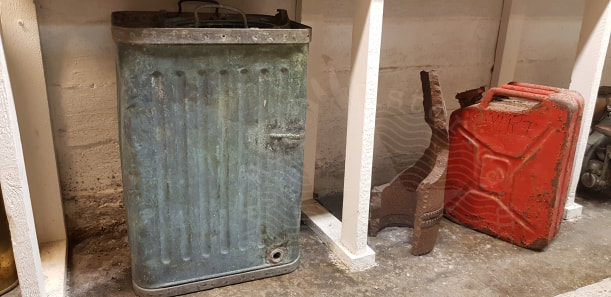
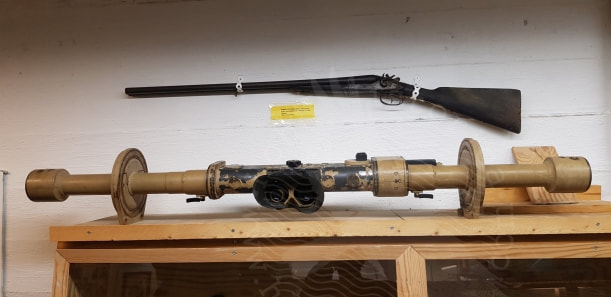
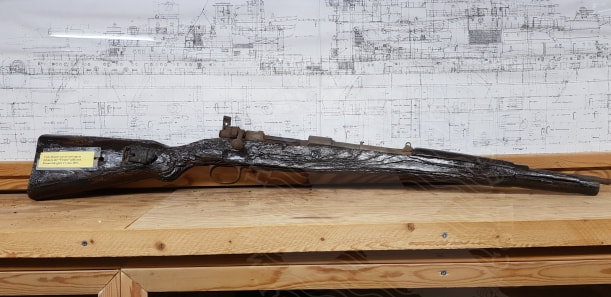
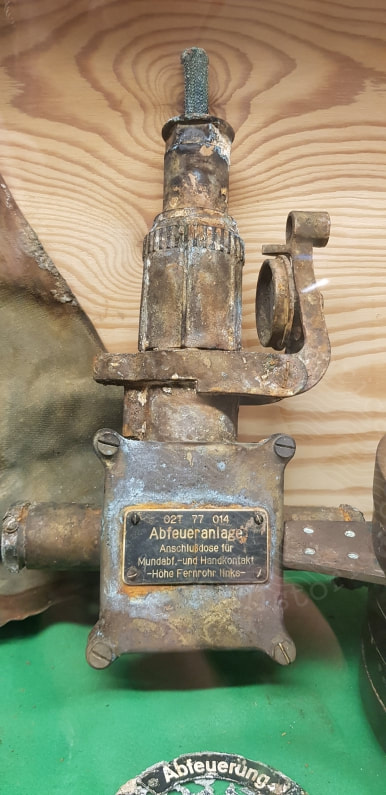
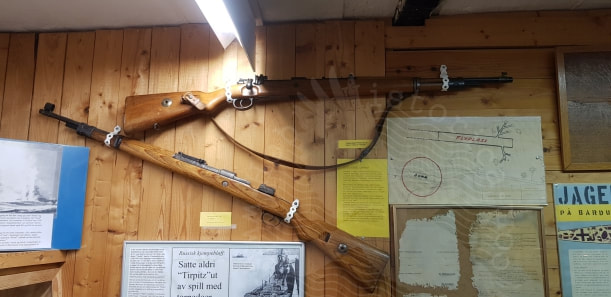
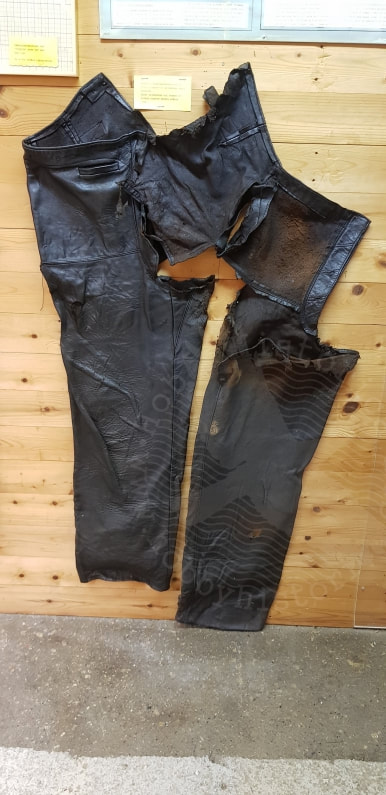
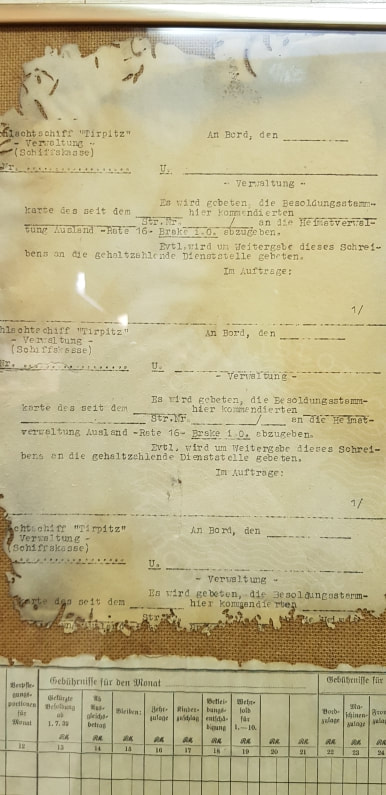
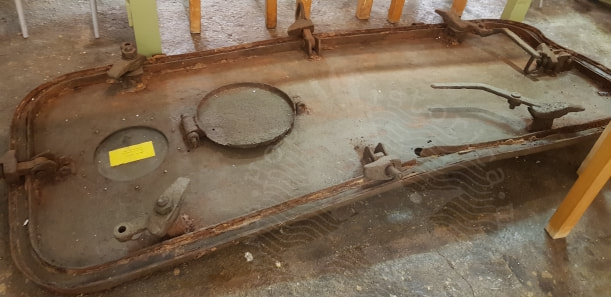
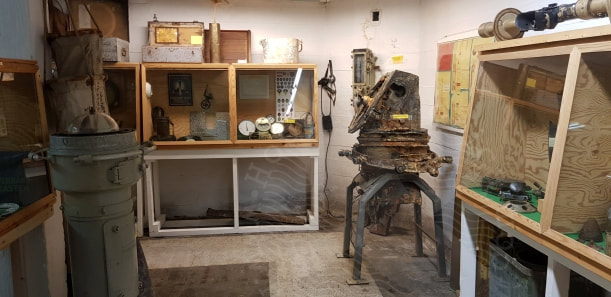
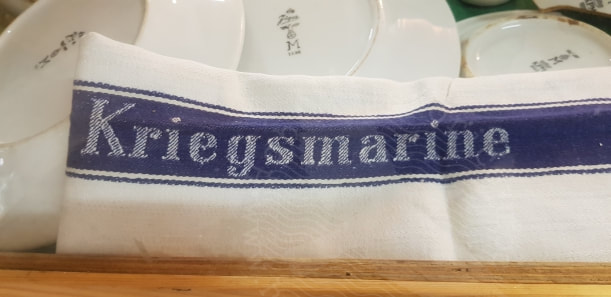
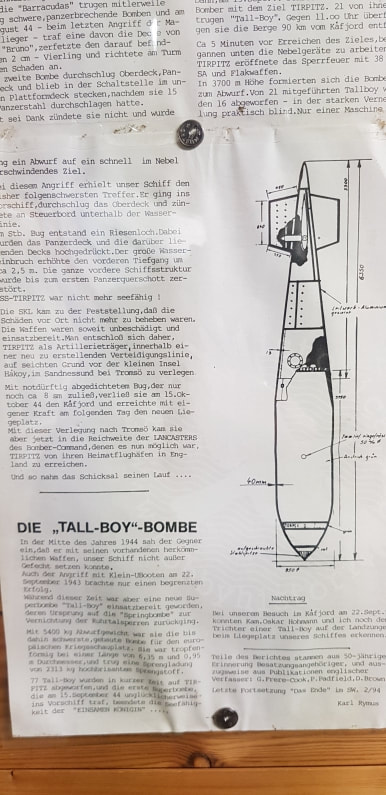
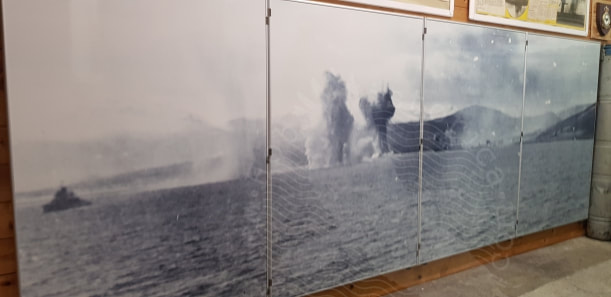
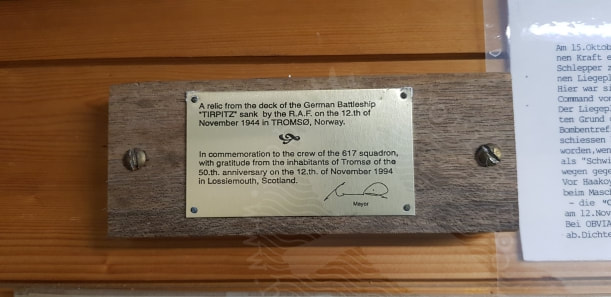
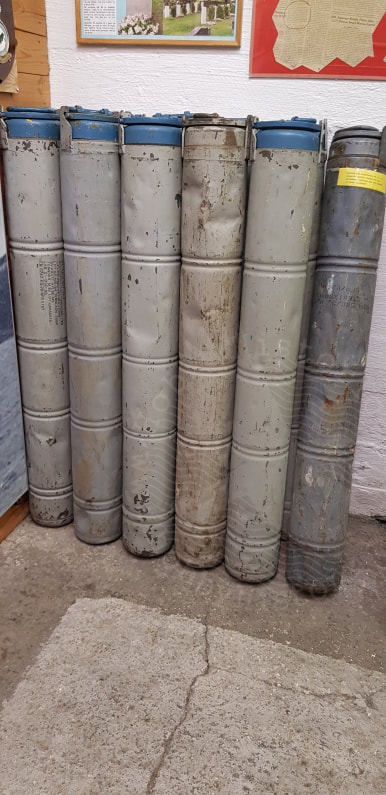
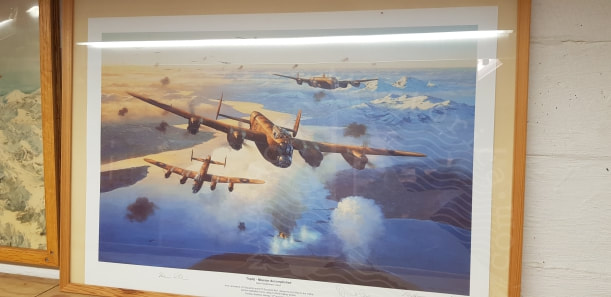
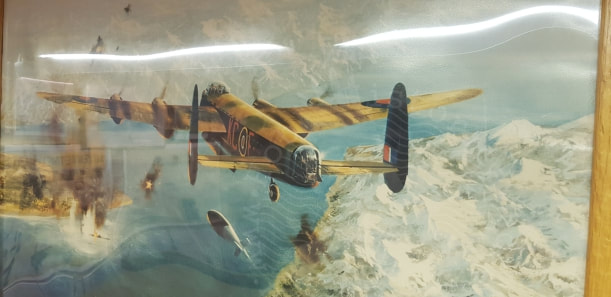
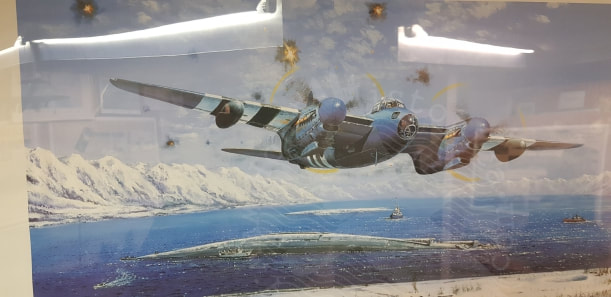
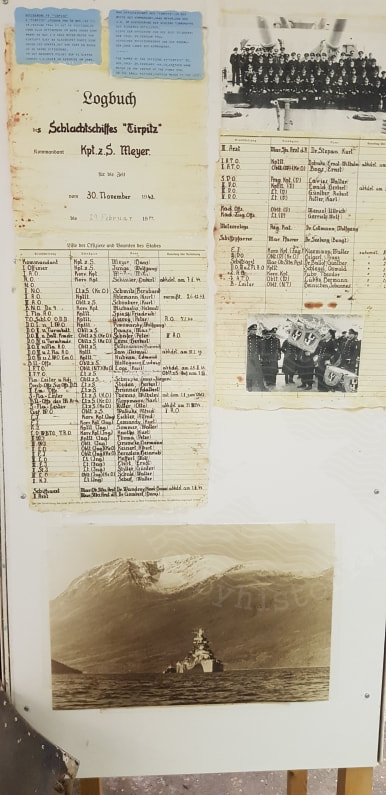
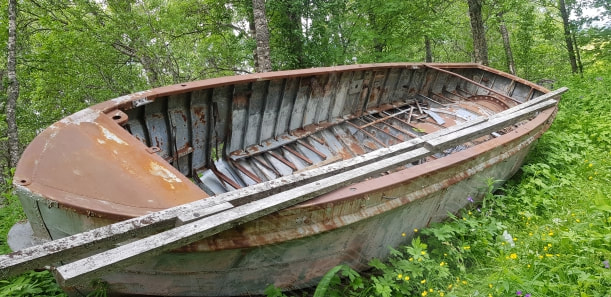
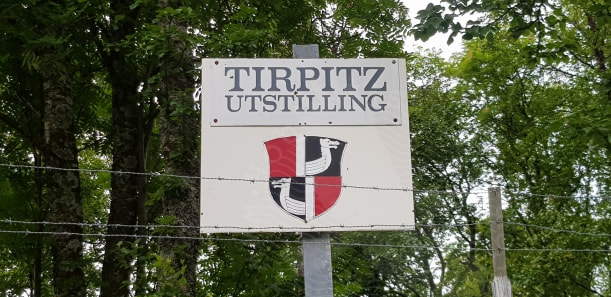
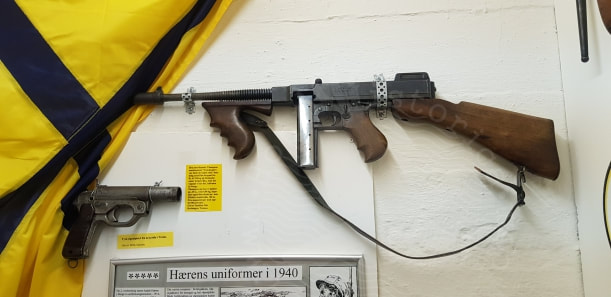
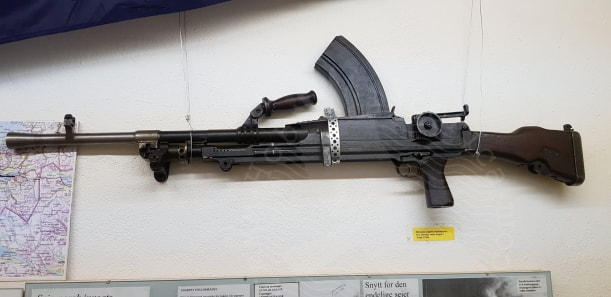
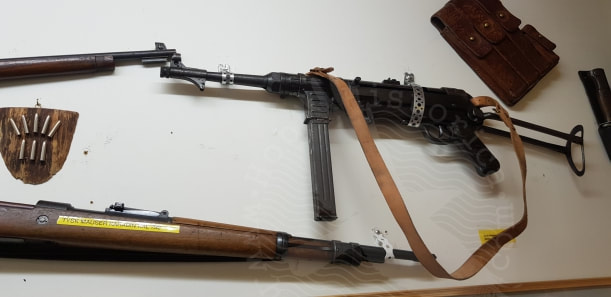
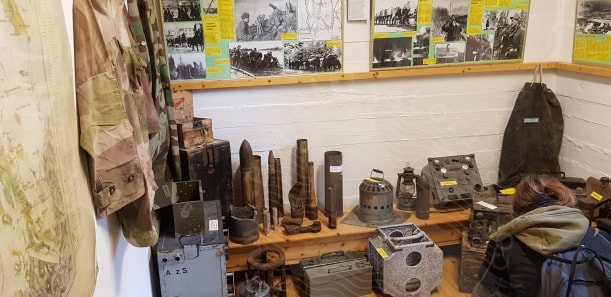
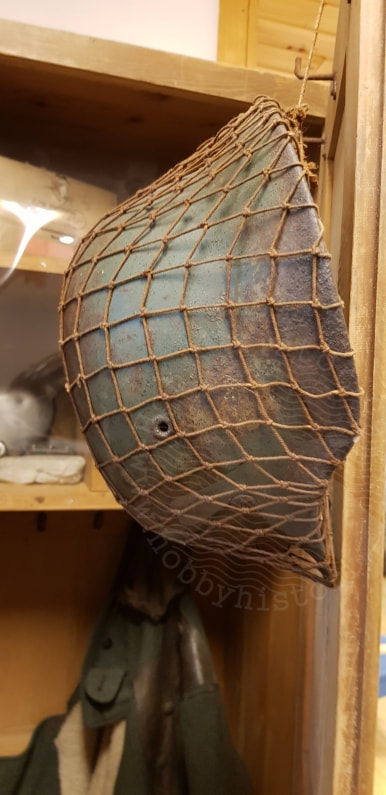
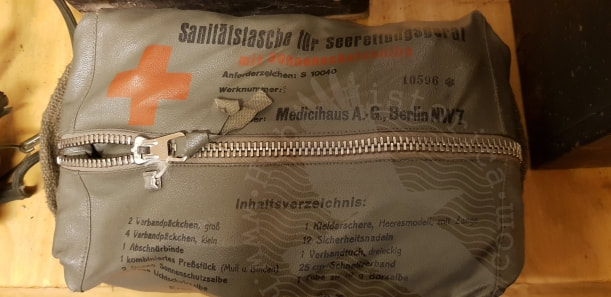
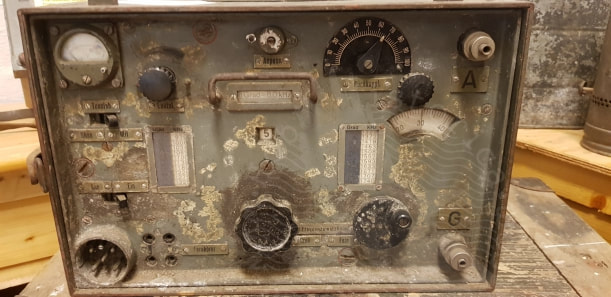
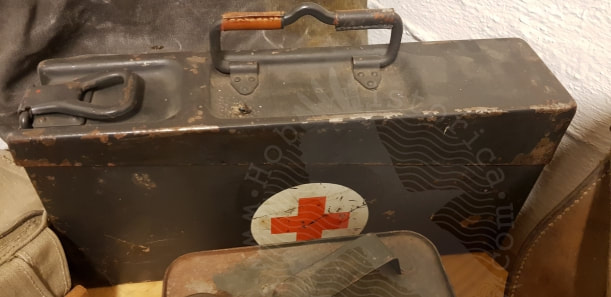
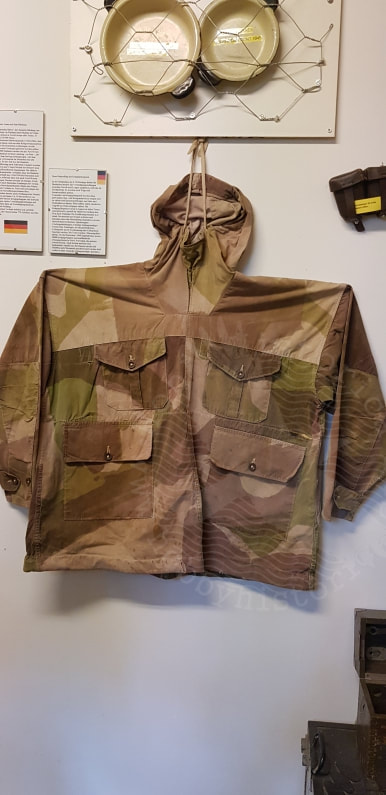
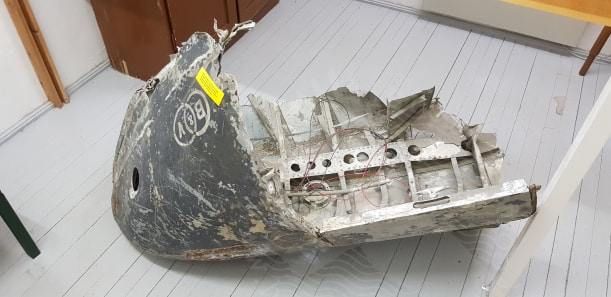
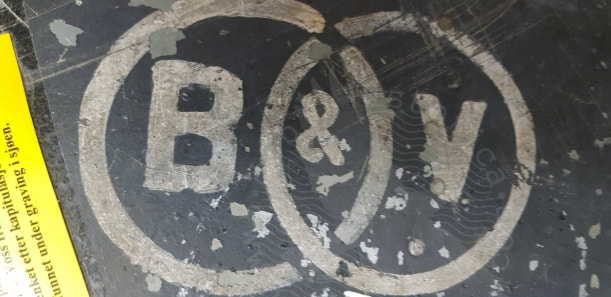
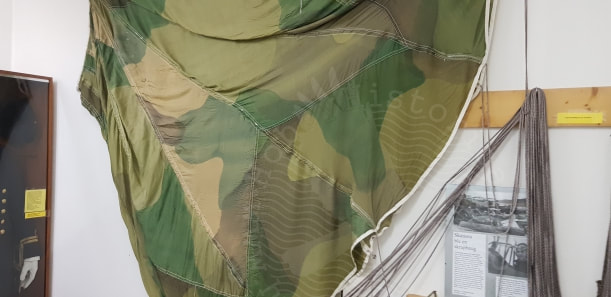
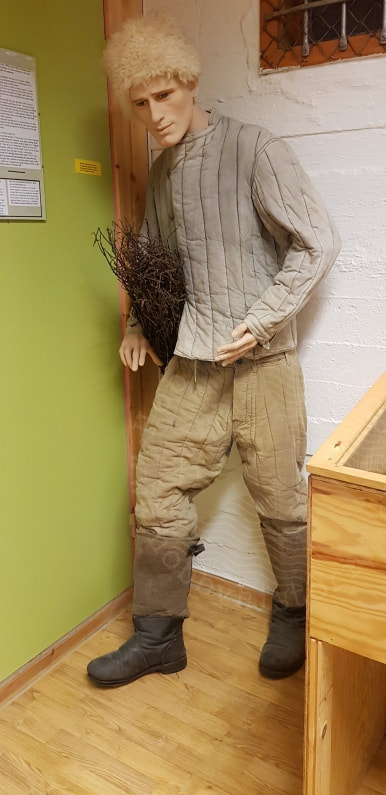
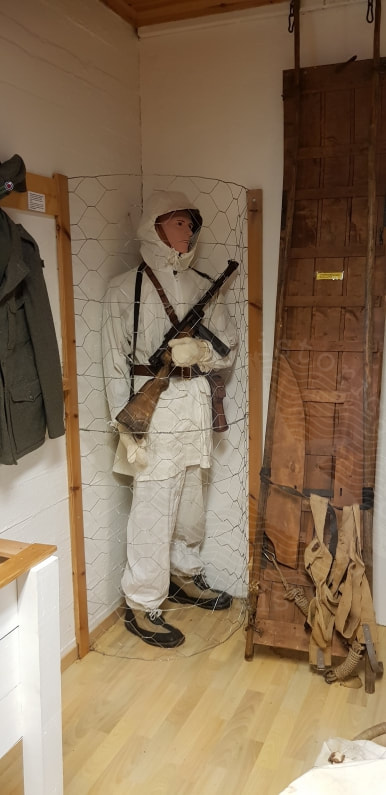
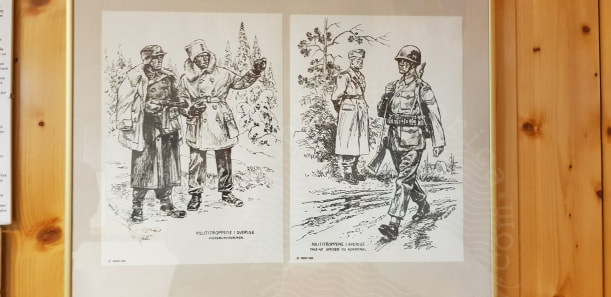
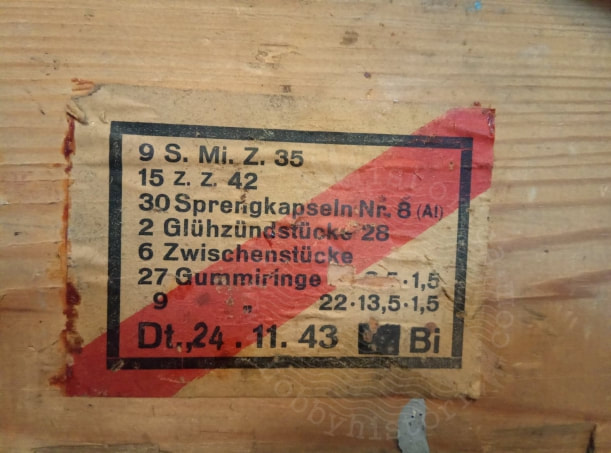
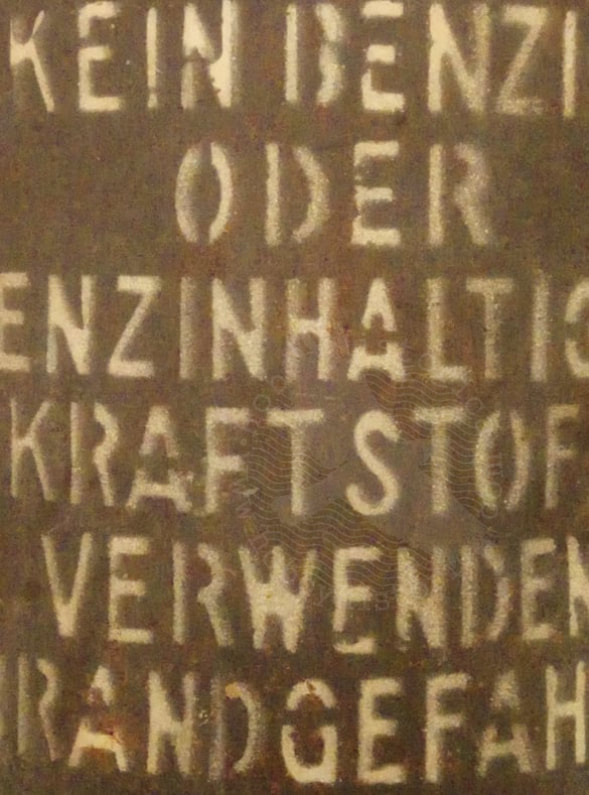
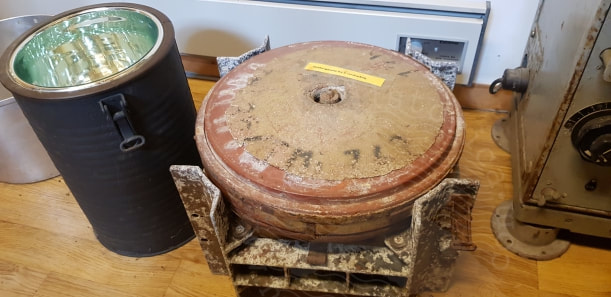
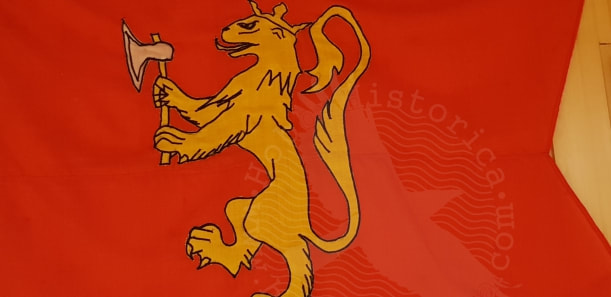
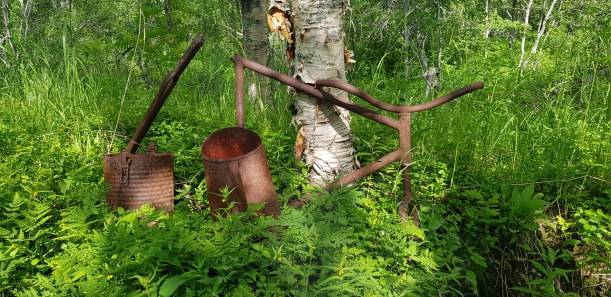
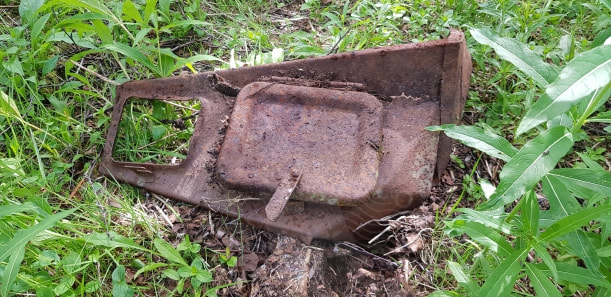
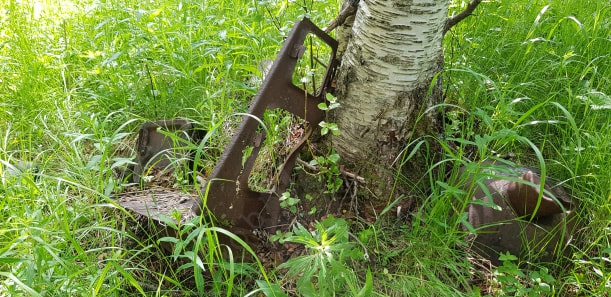
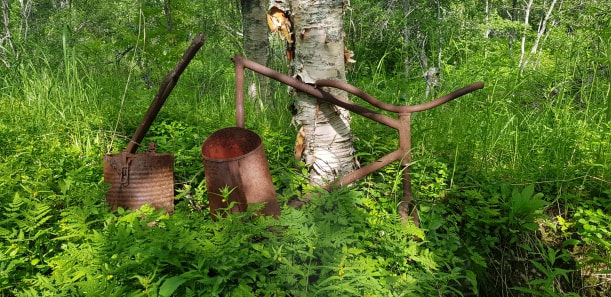
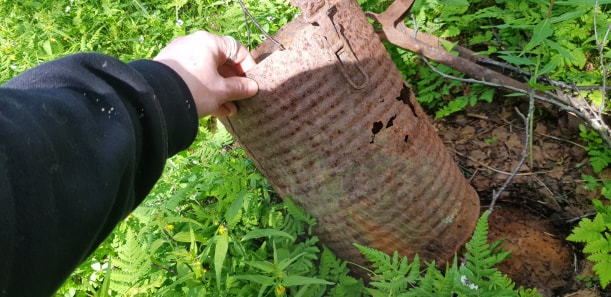
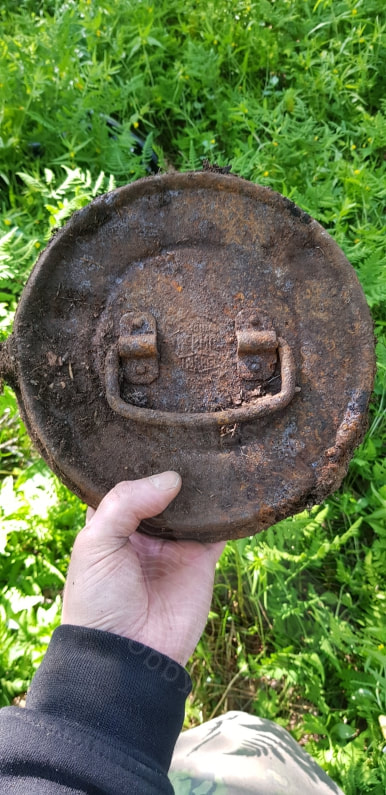
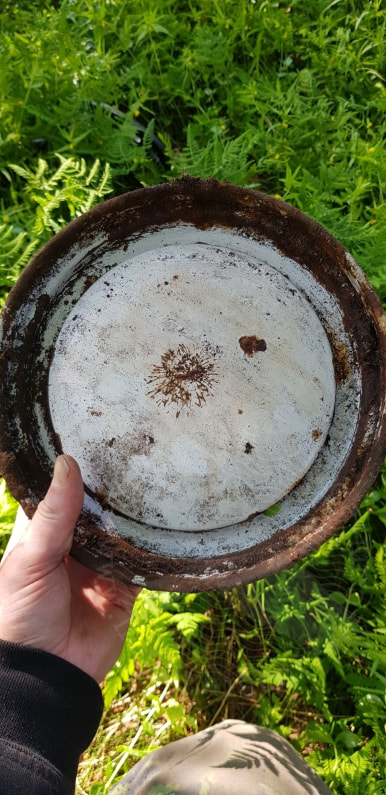
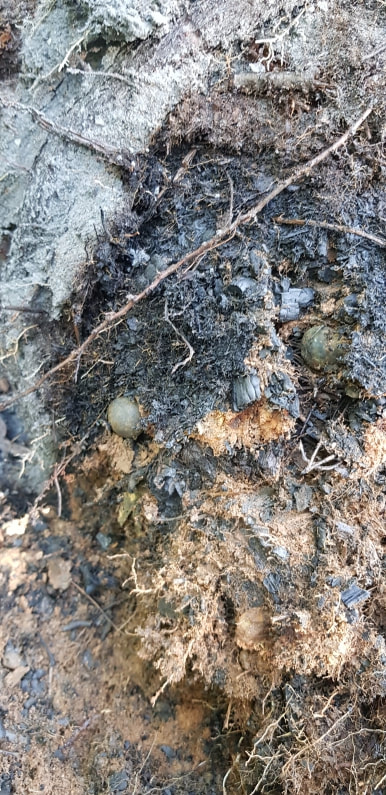
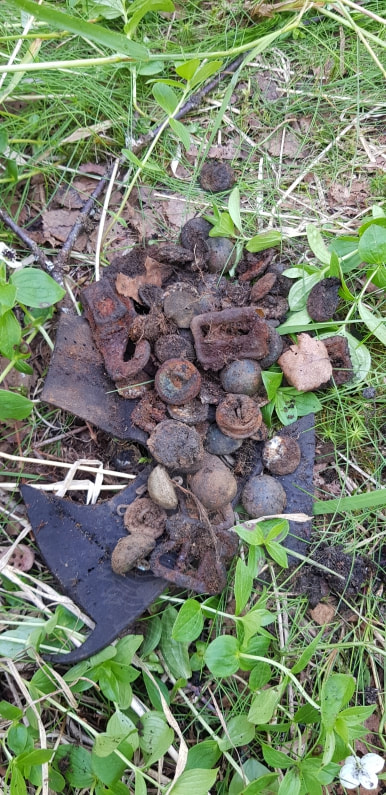
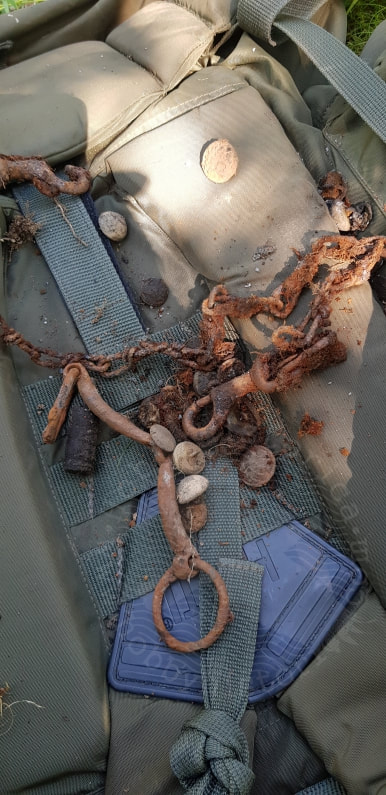
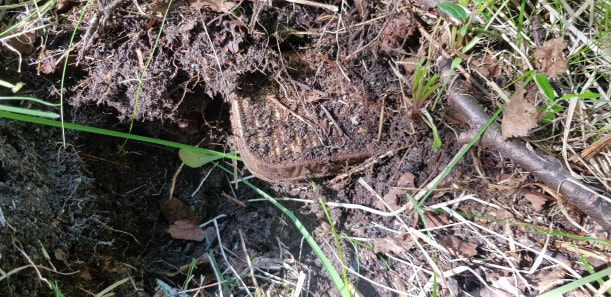
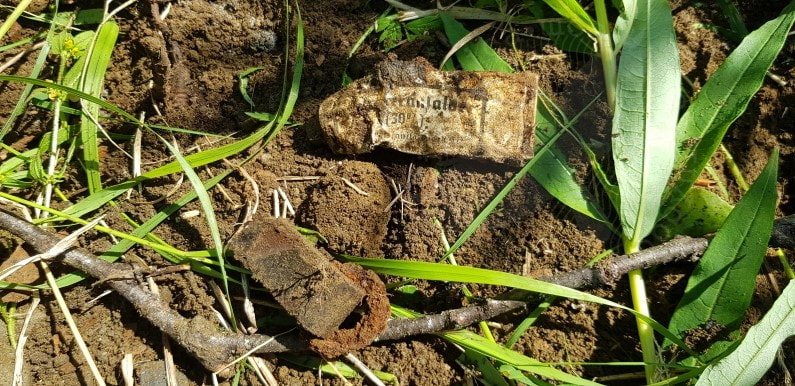
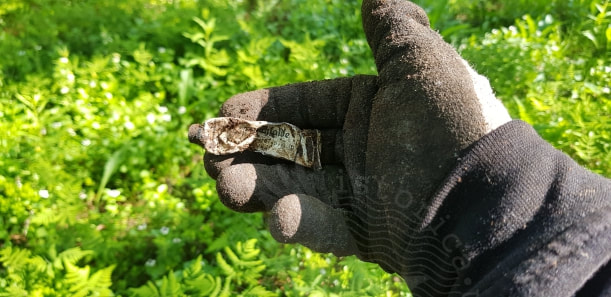
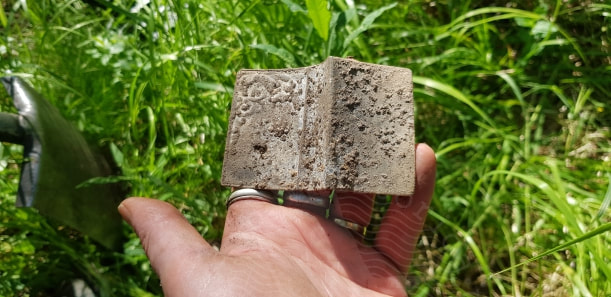
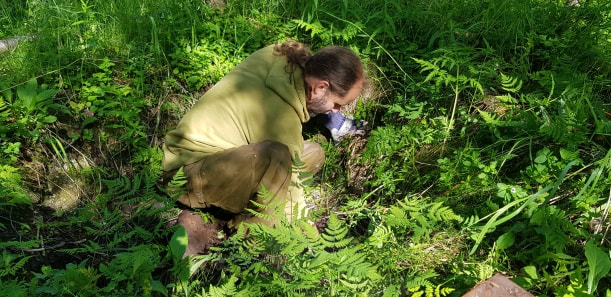
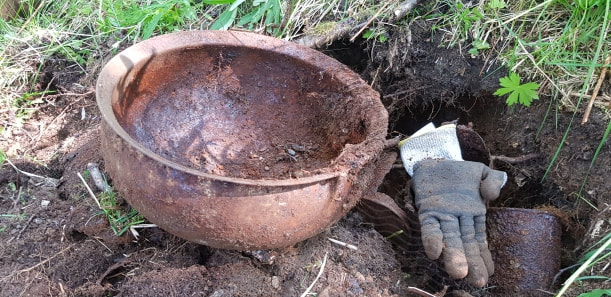
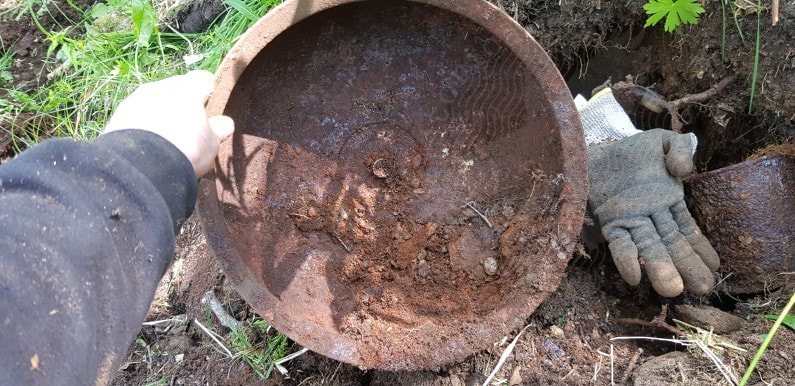
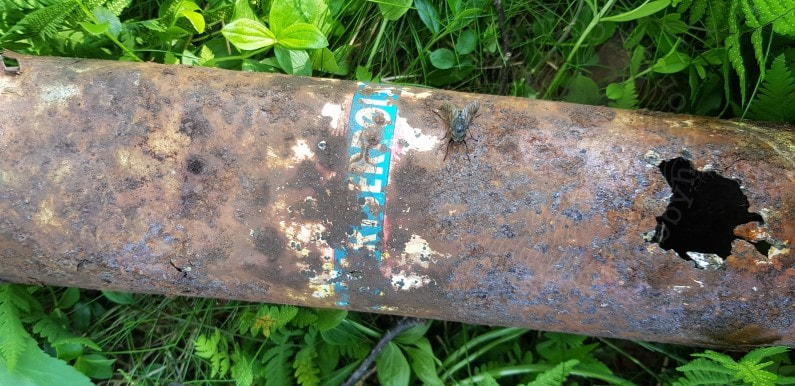
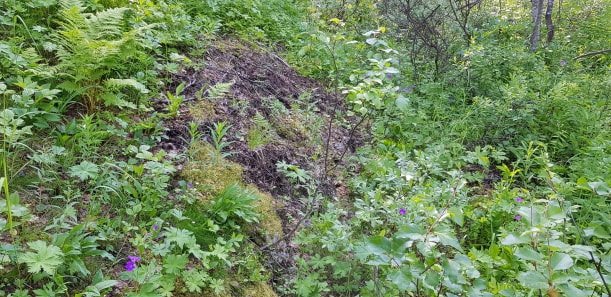
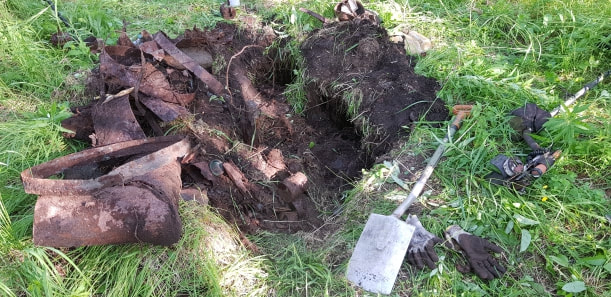
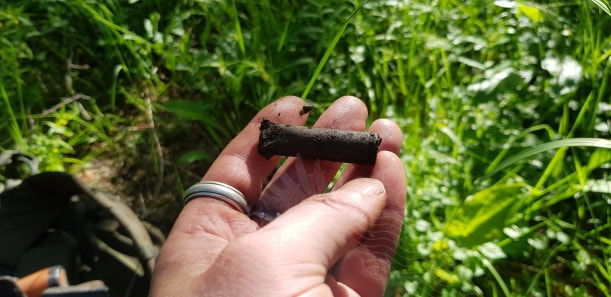
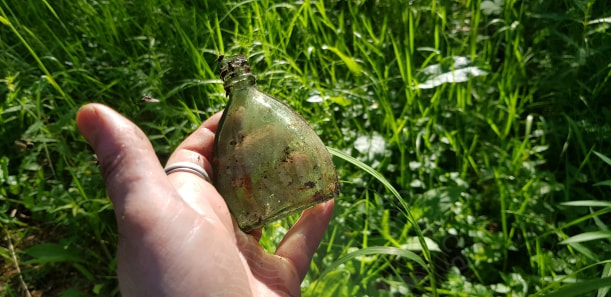
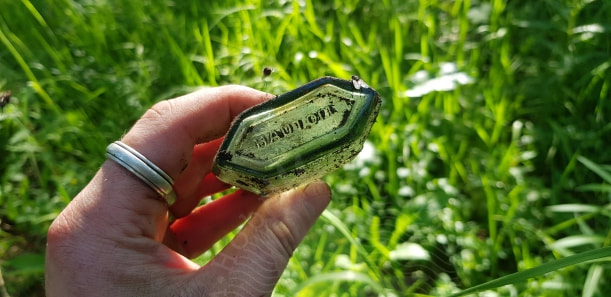
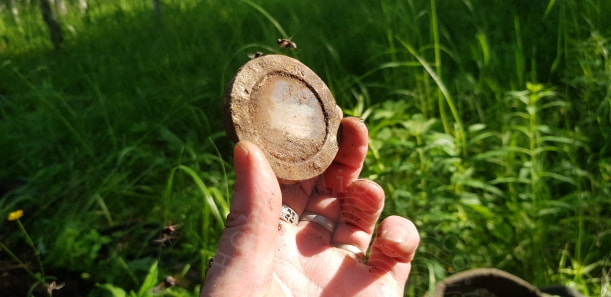
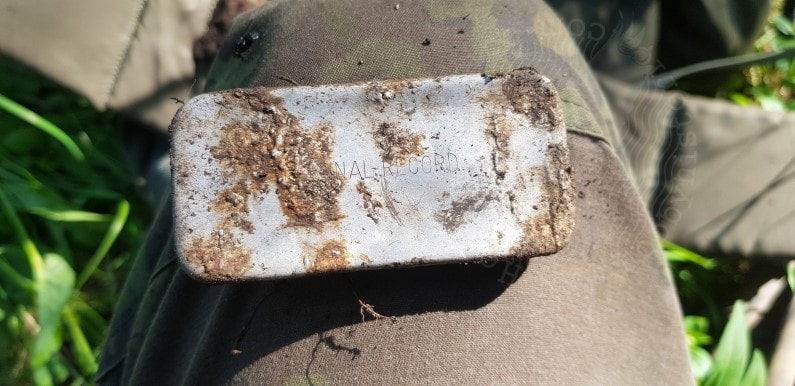
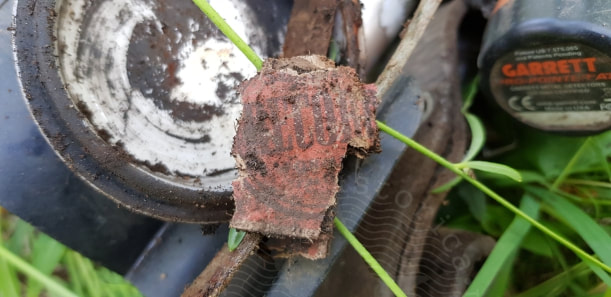
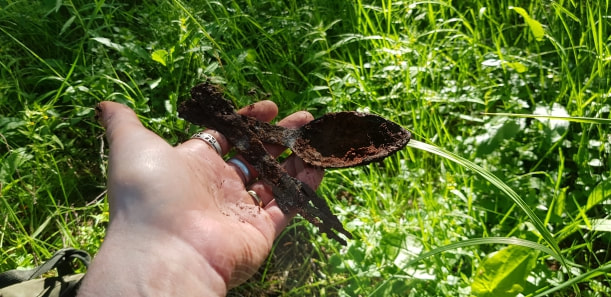
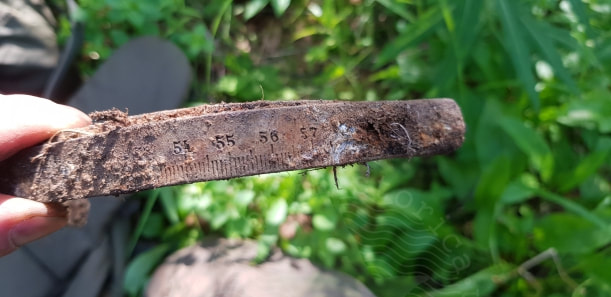
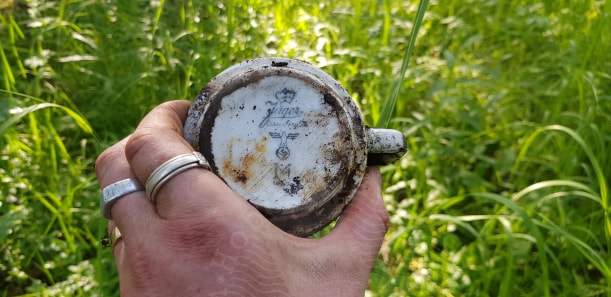
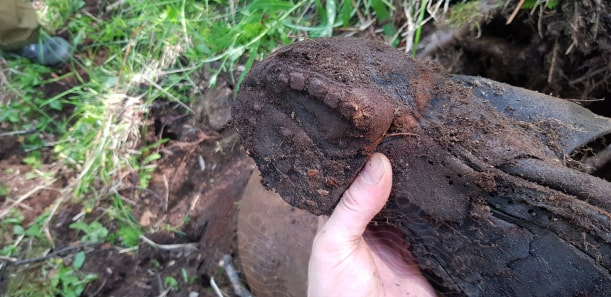
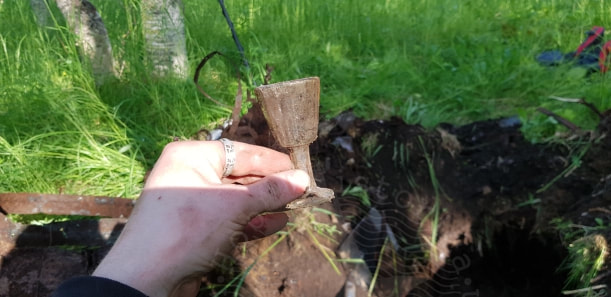
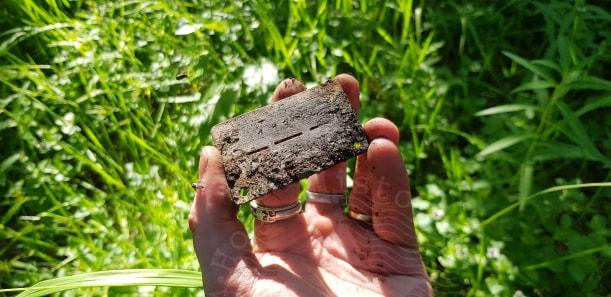
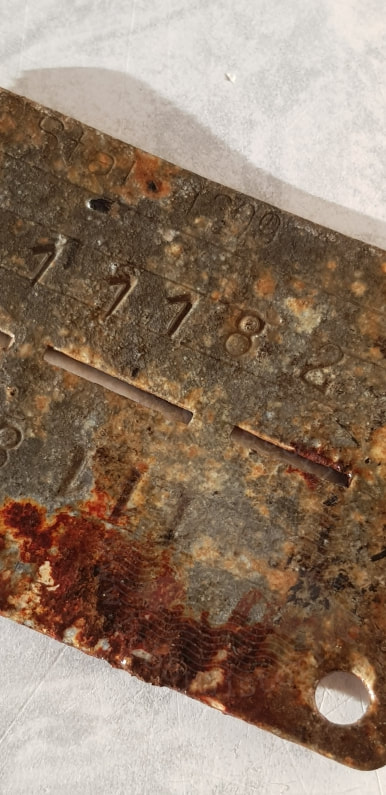
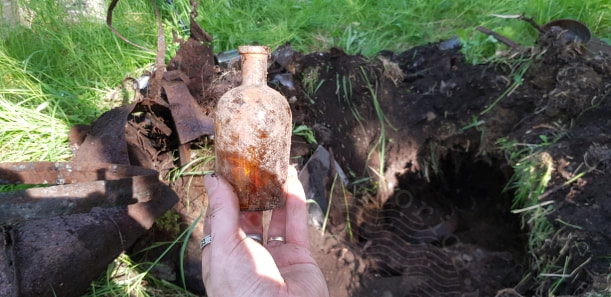
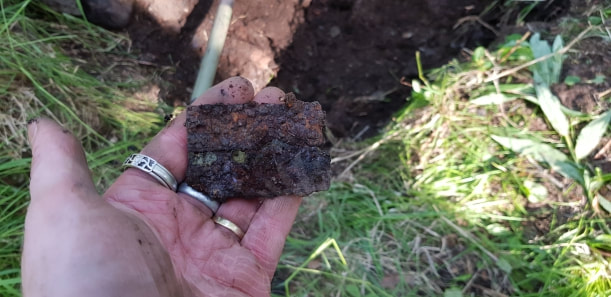
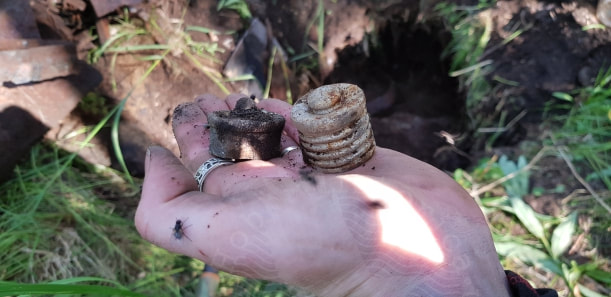
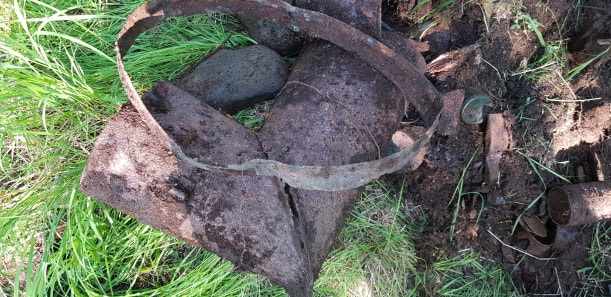
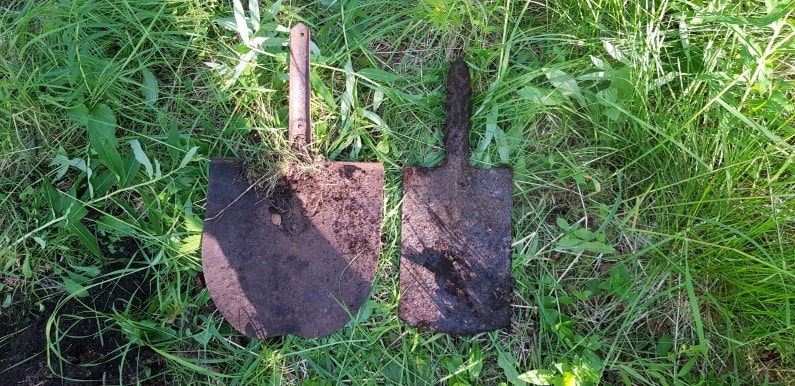
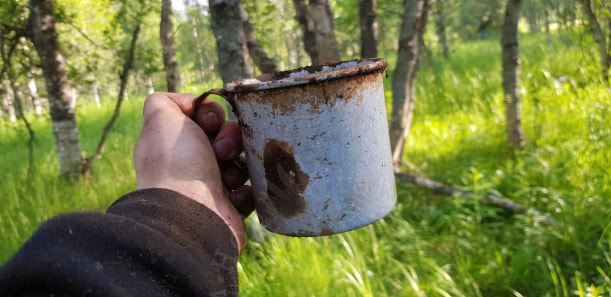
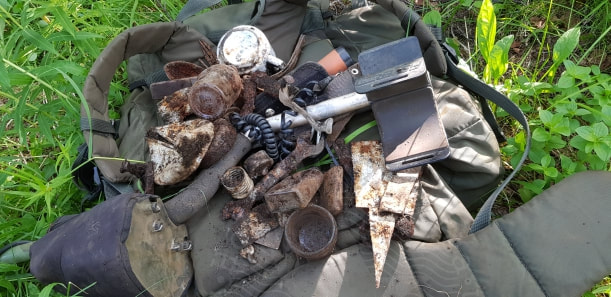
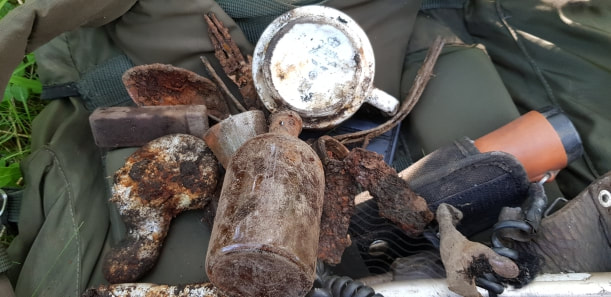
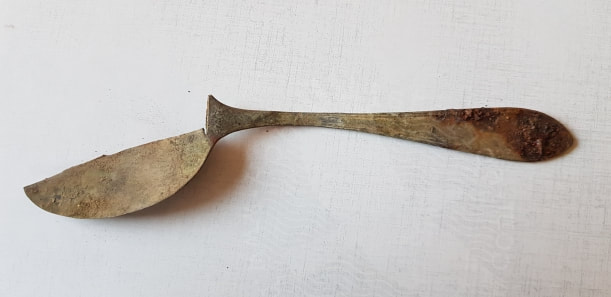
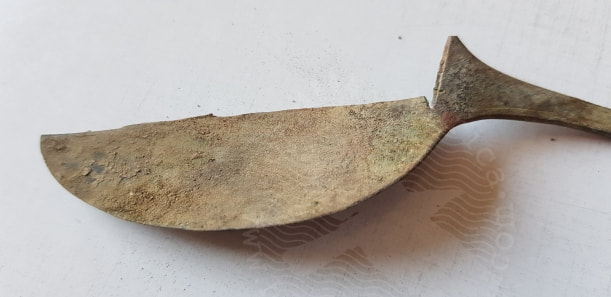
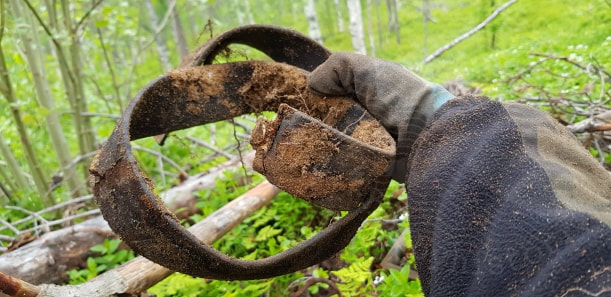
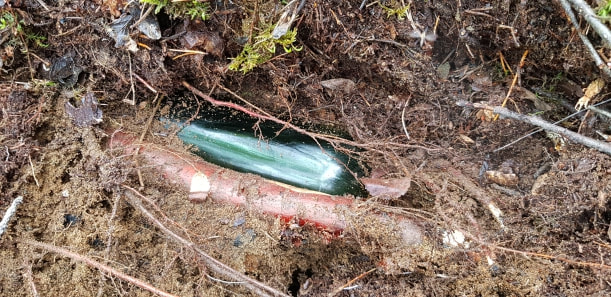
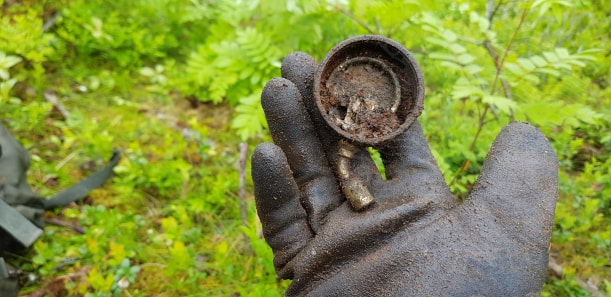
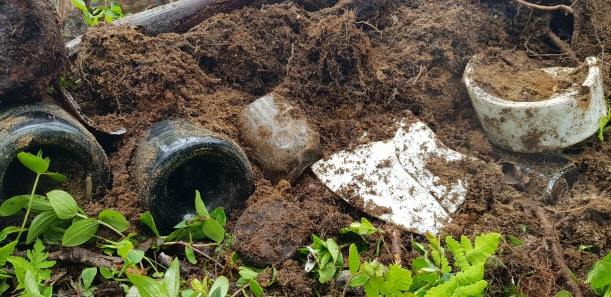
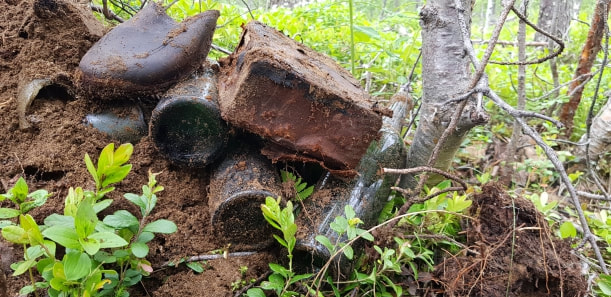
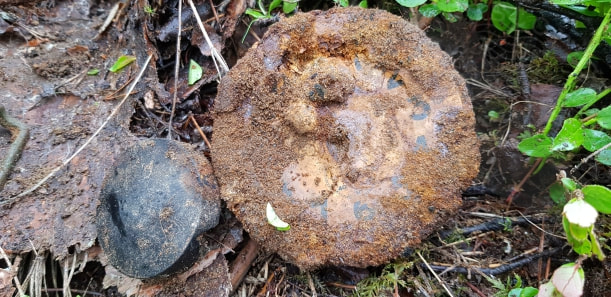
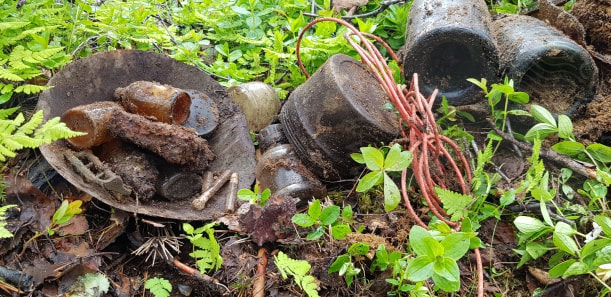
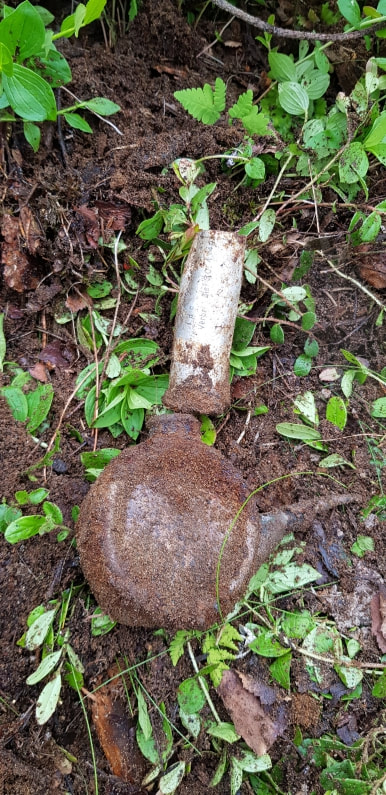
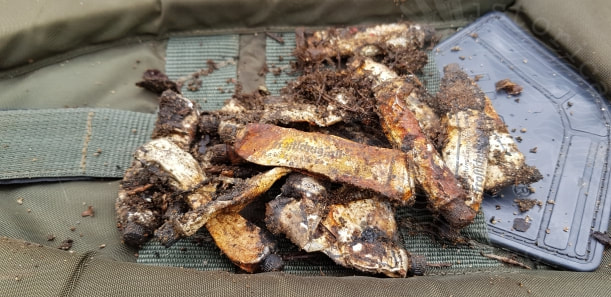
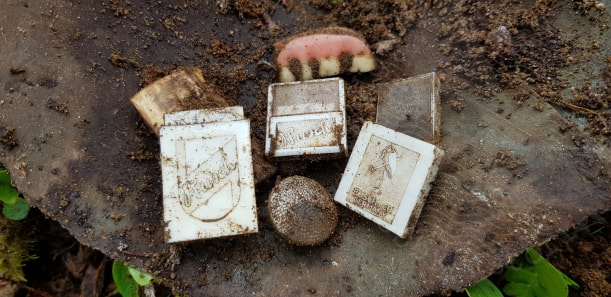
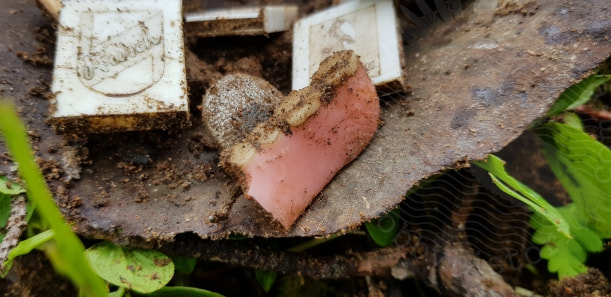
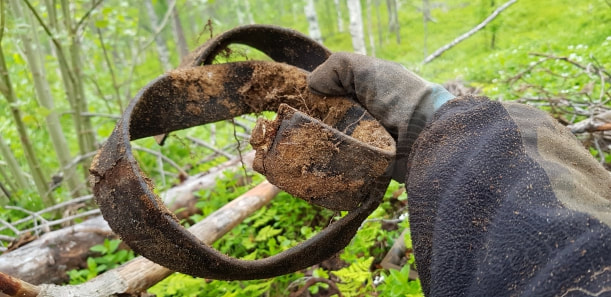
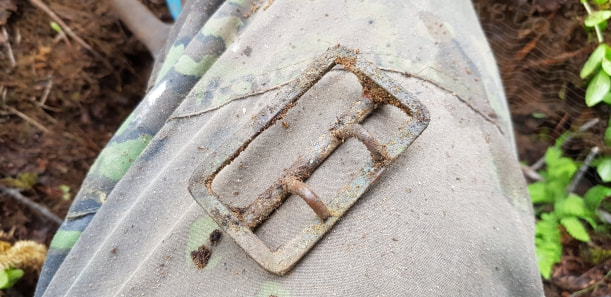
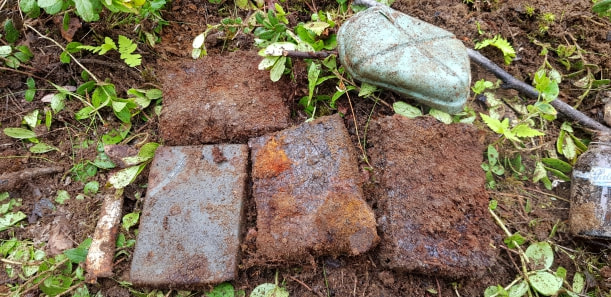
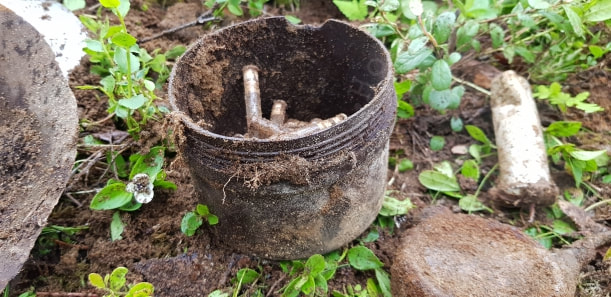
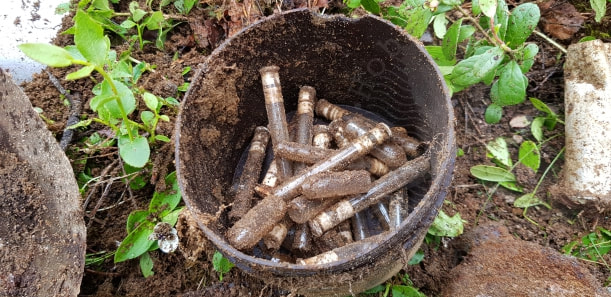
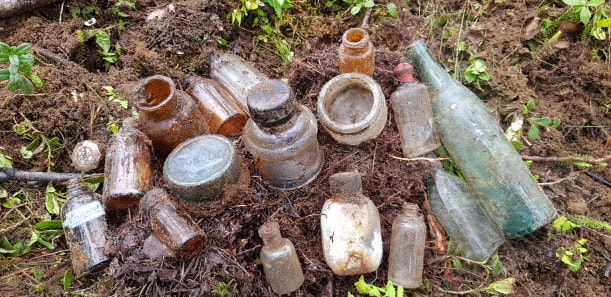
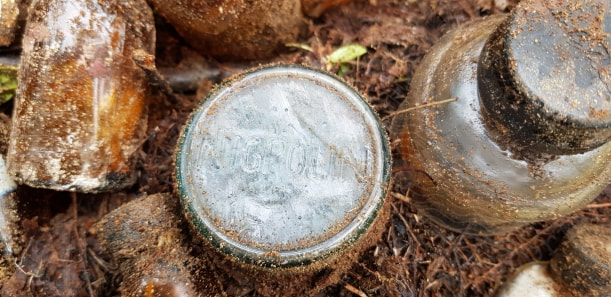
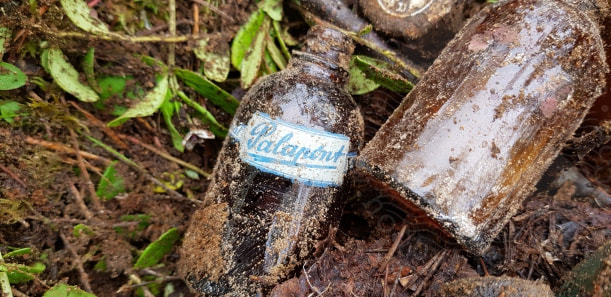
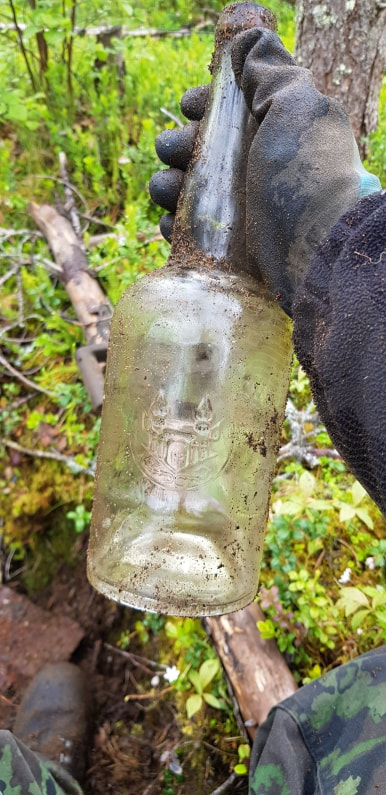
 RSS Feed
RSS Feed